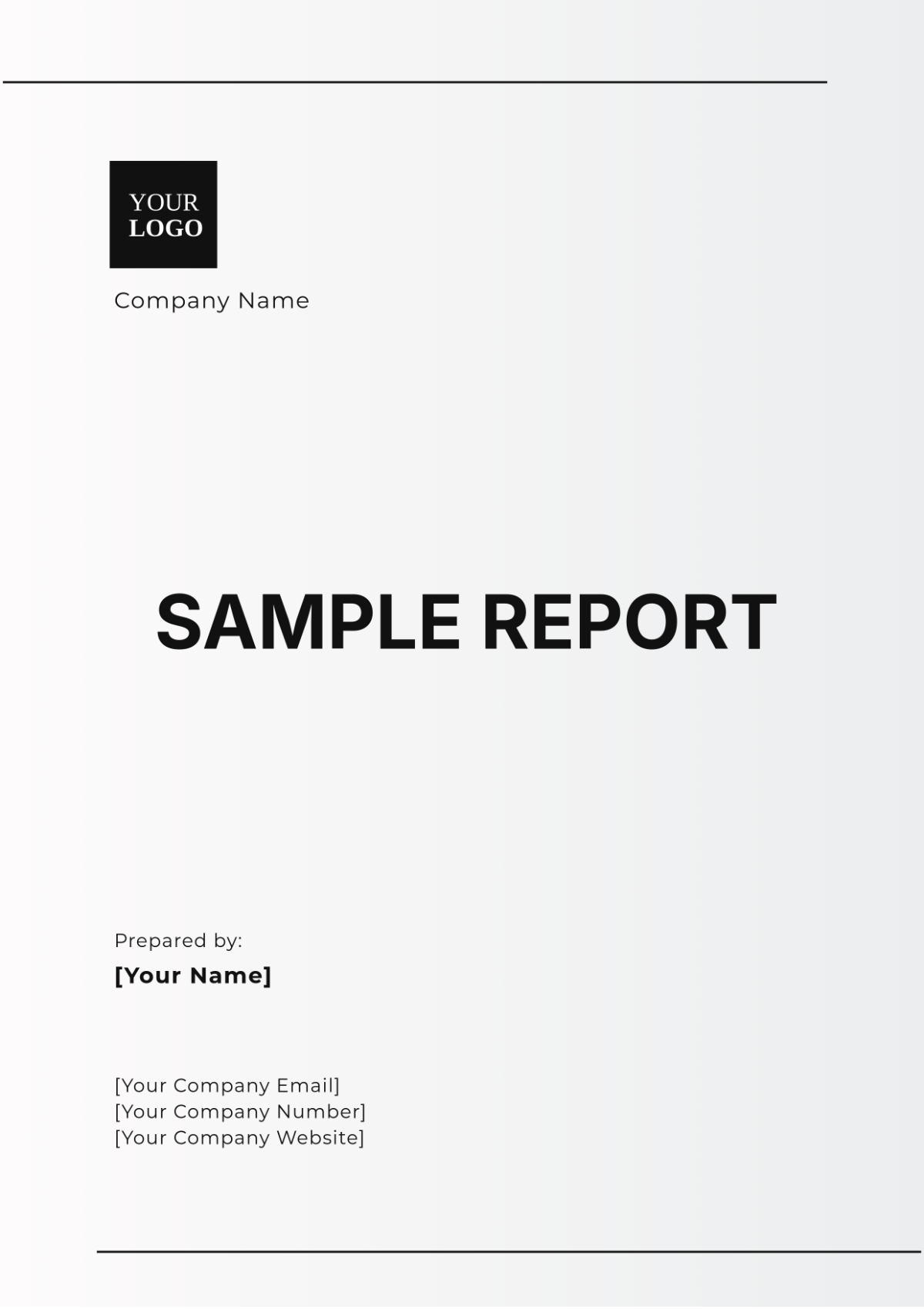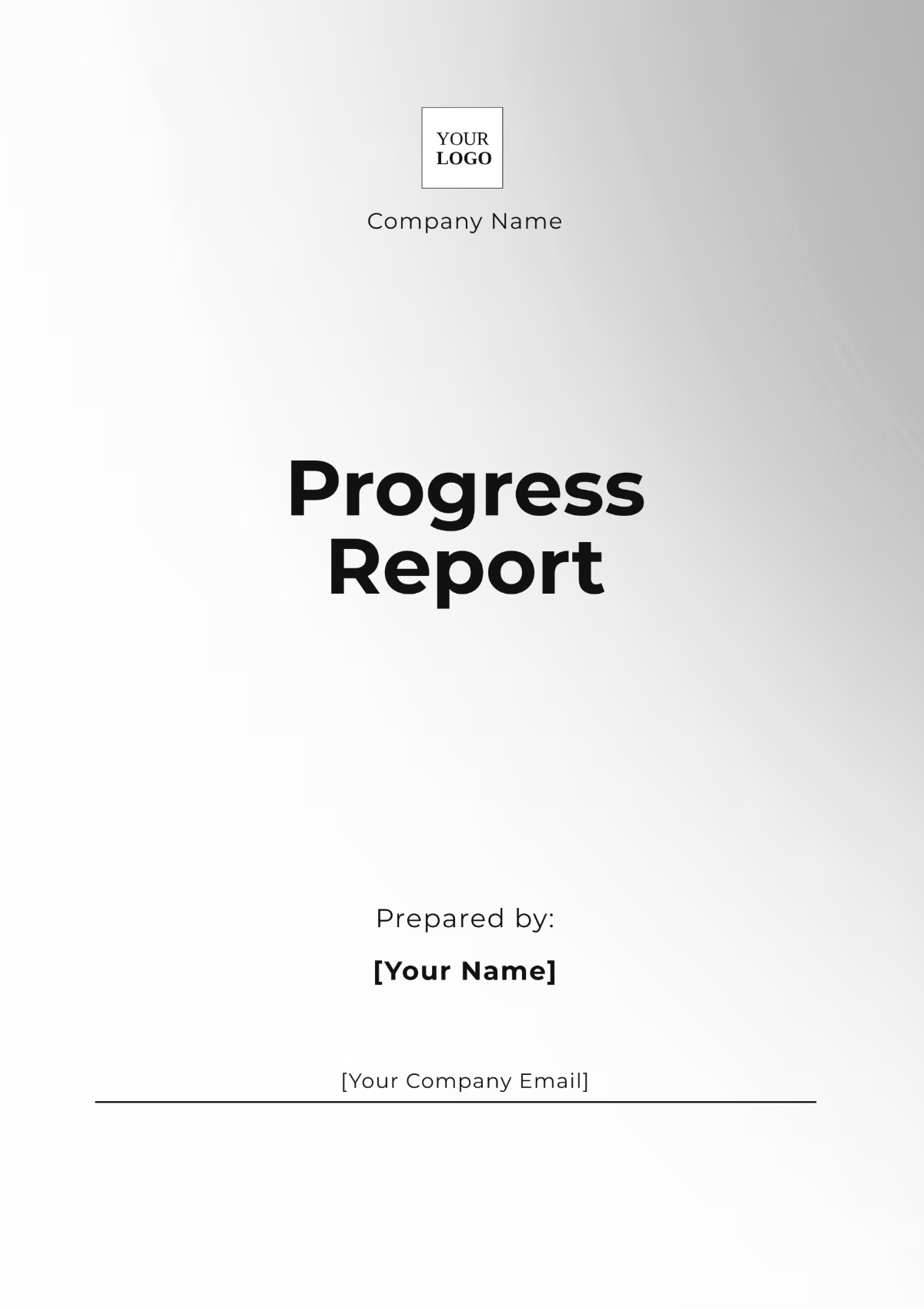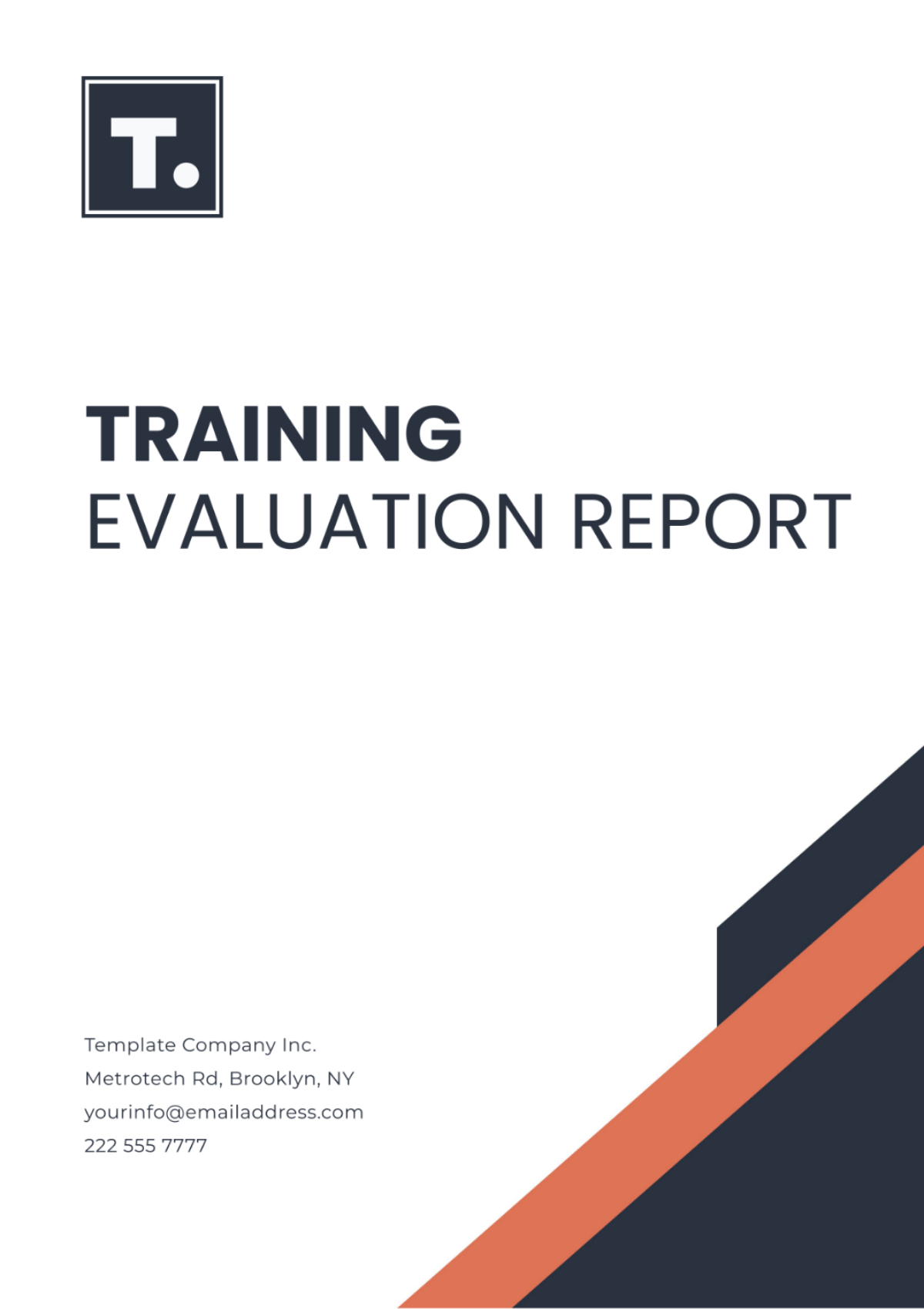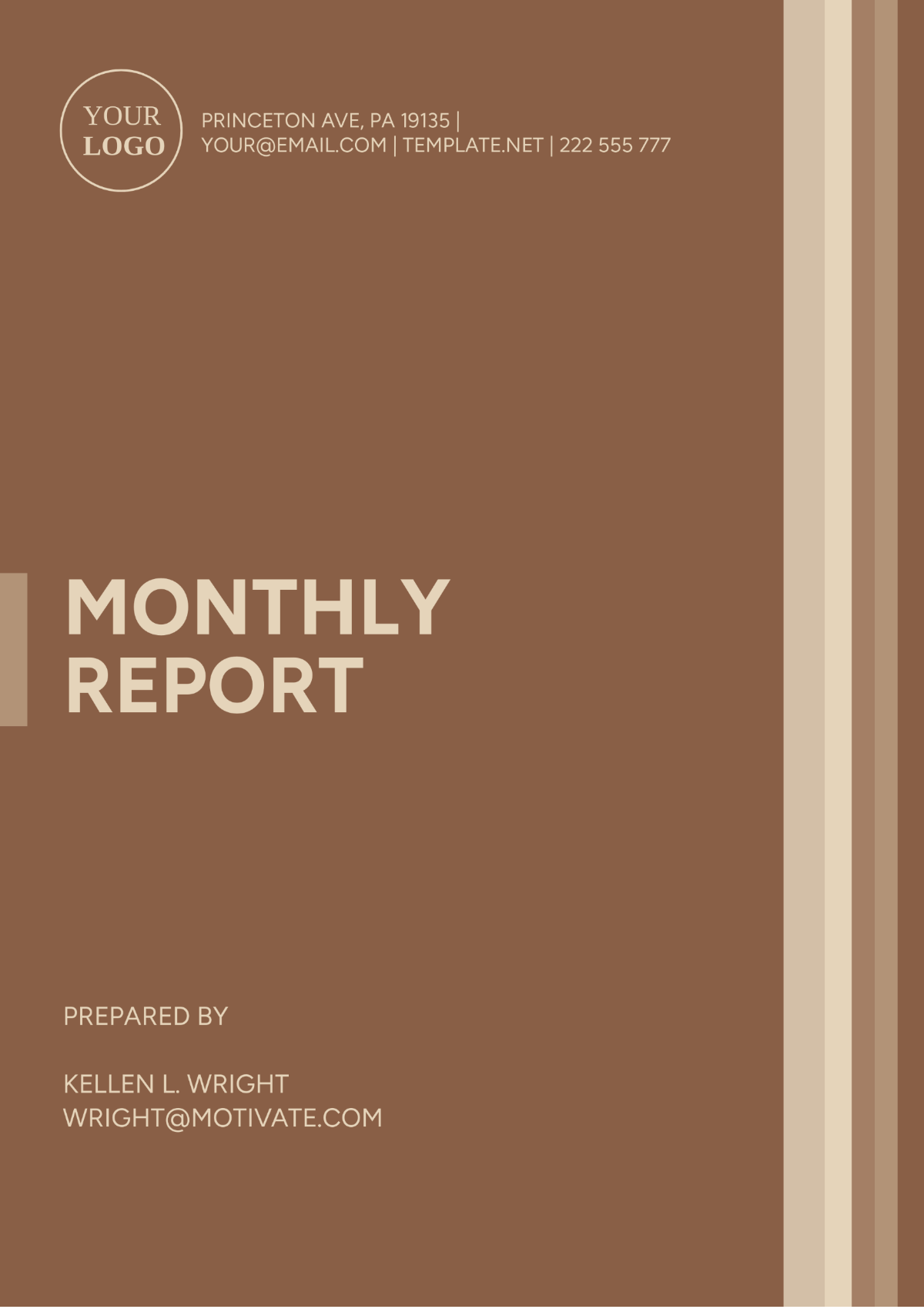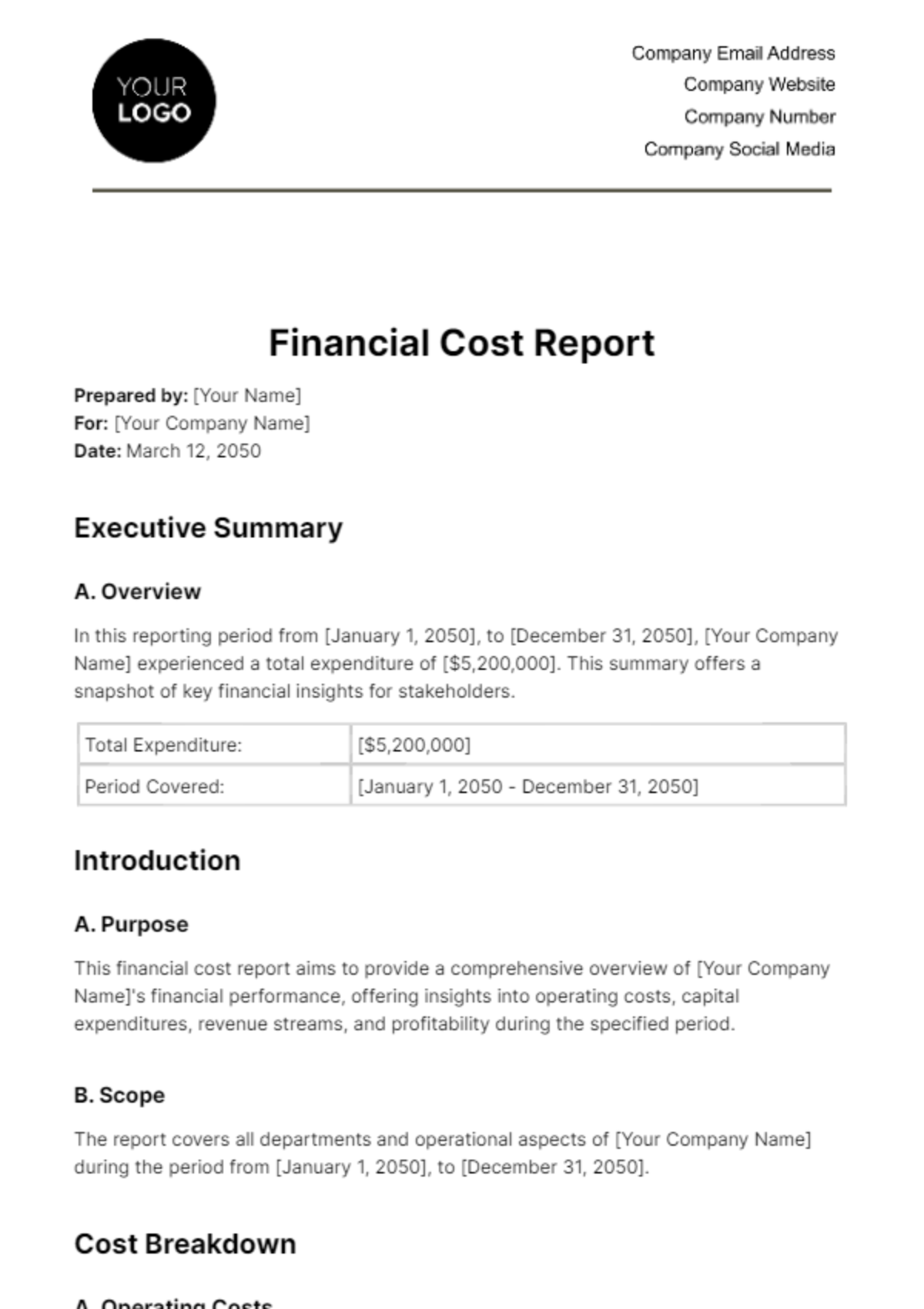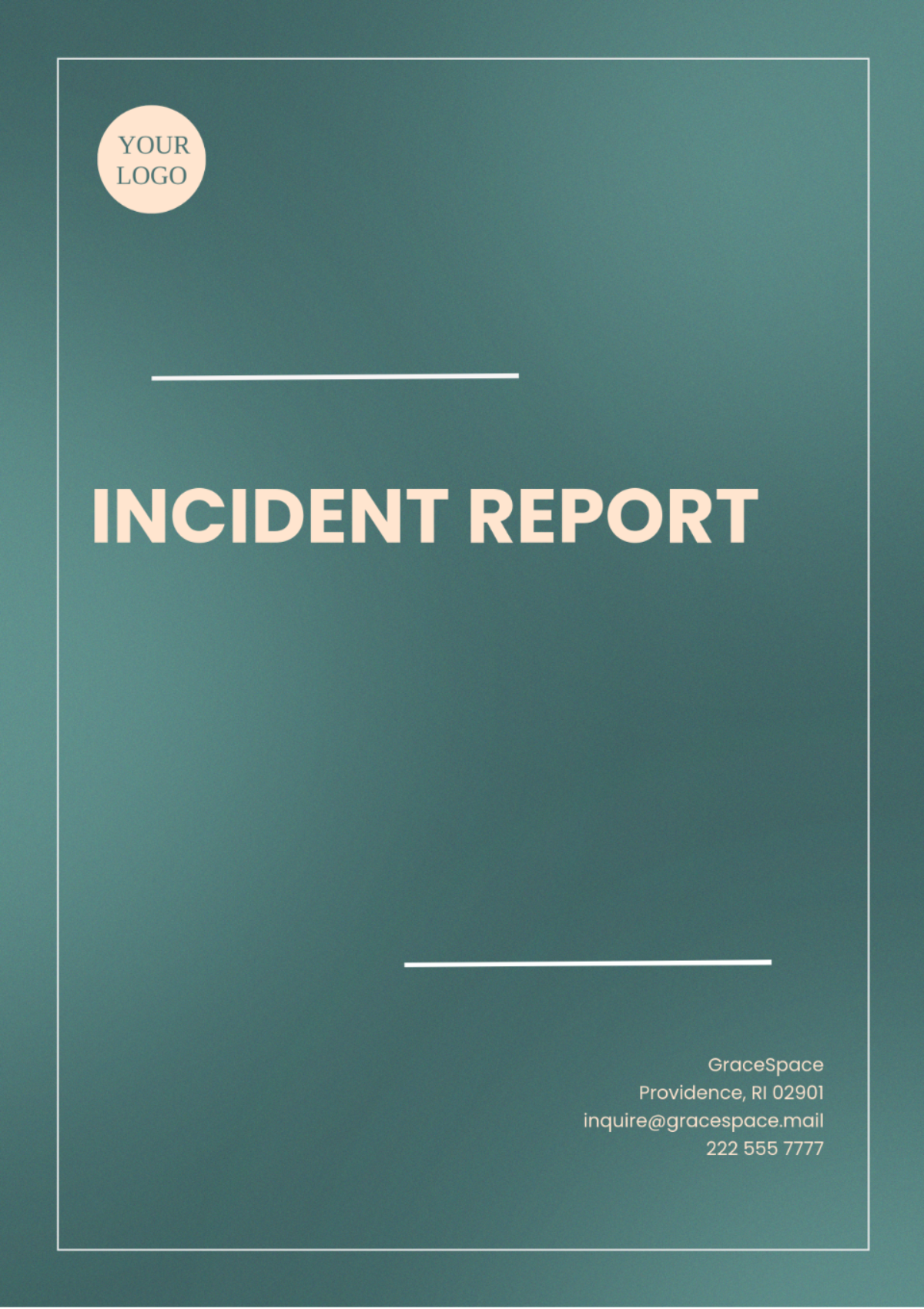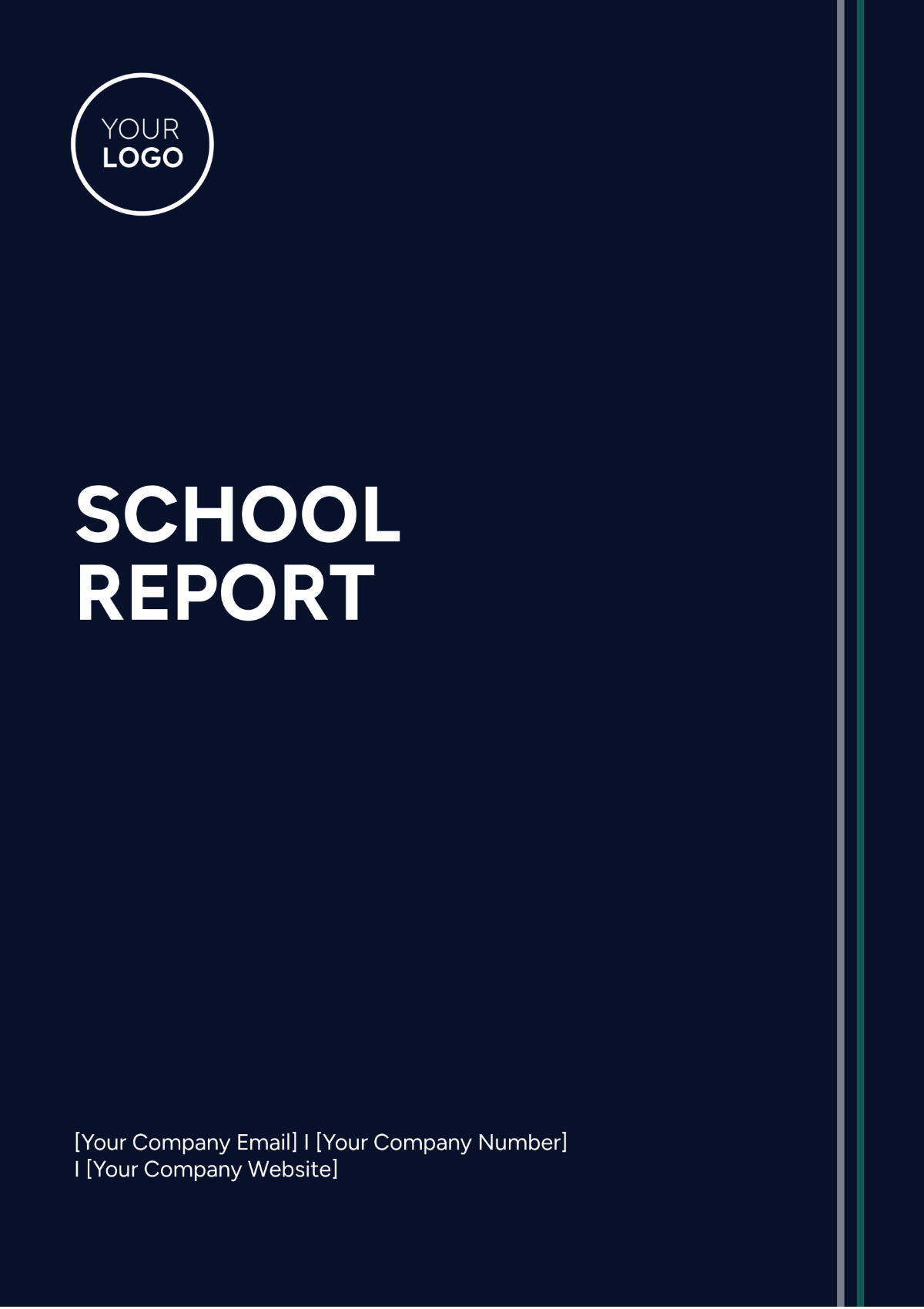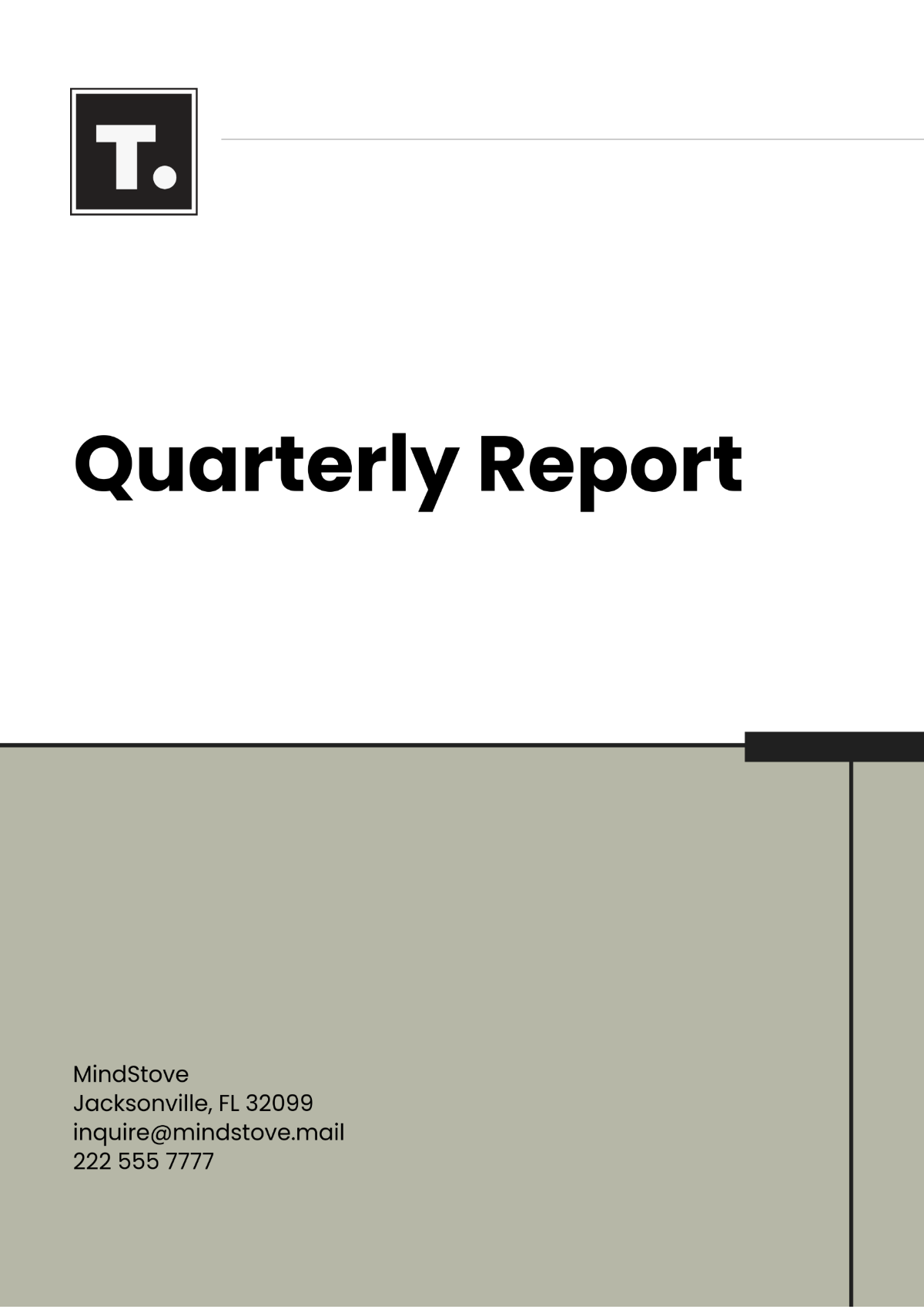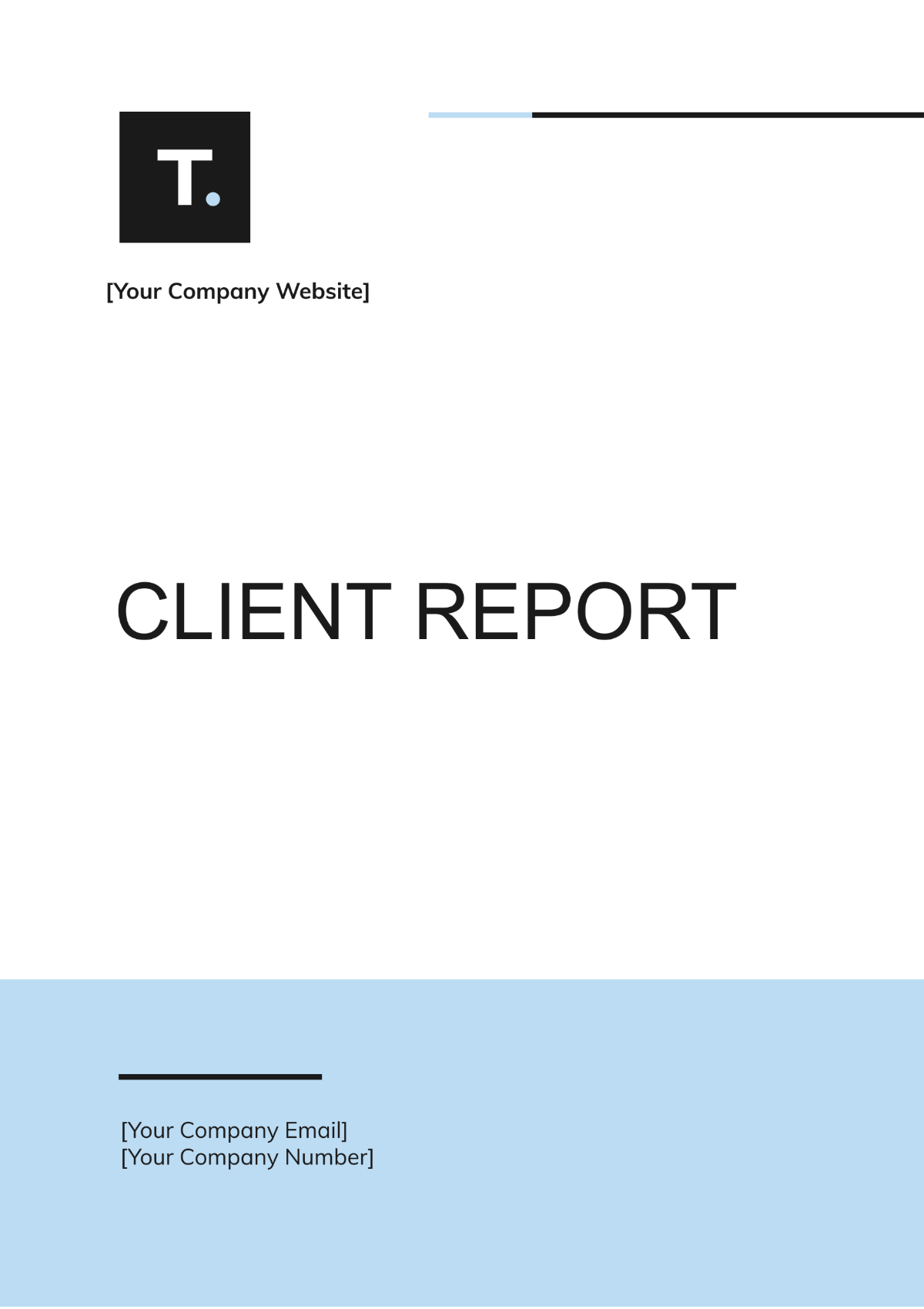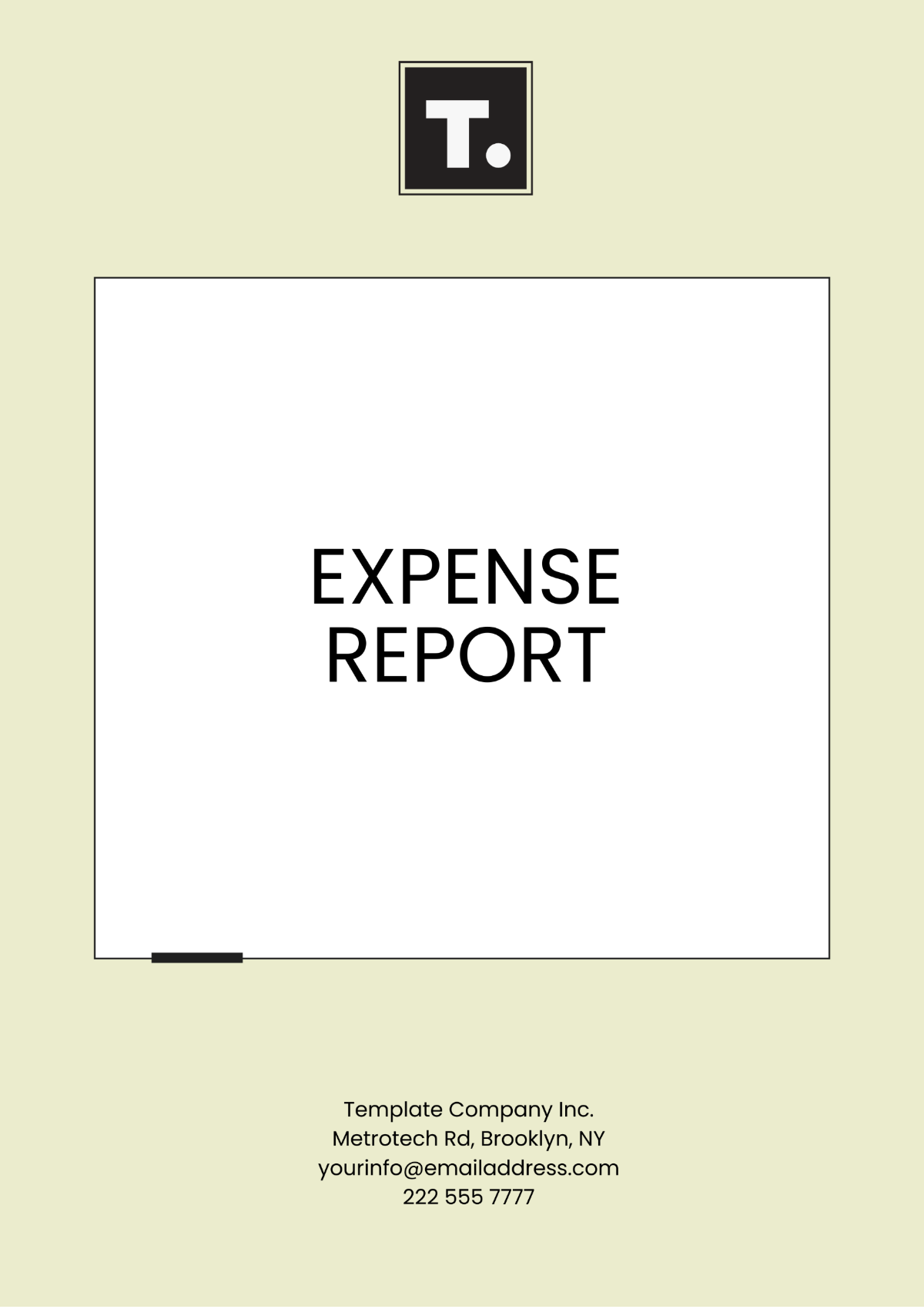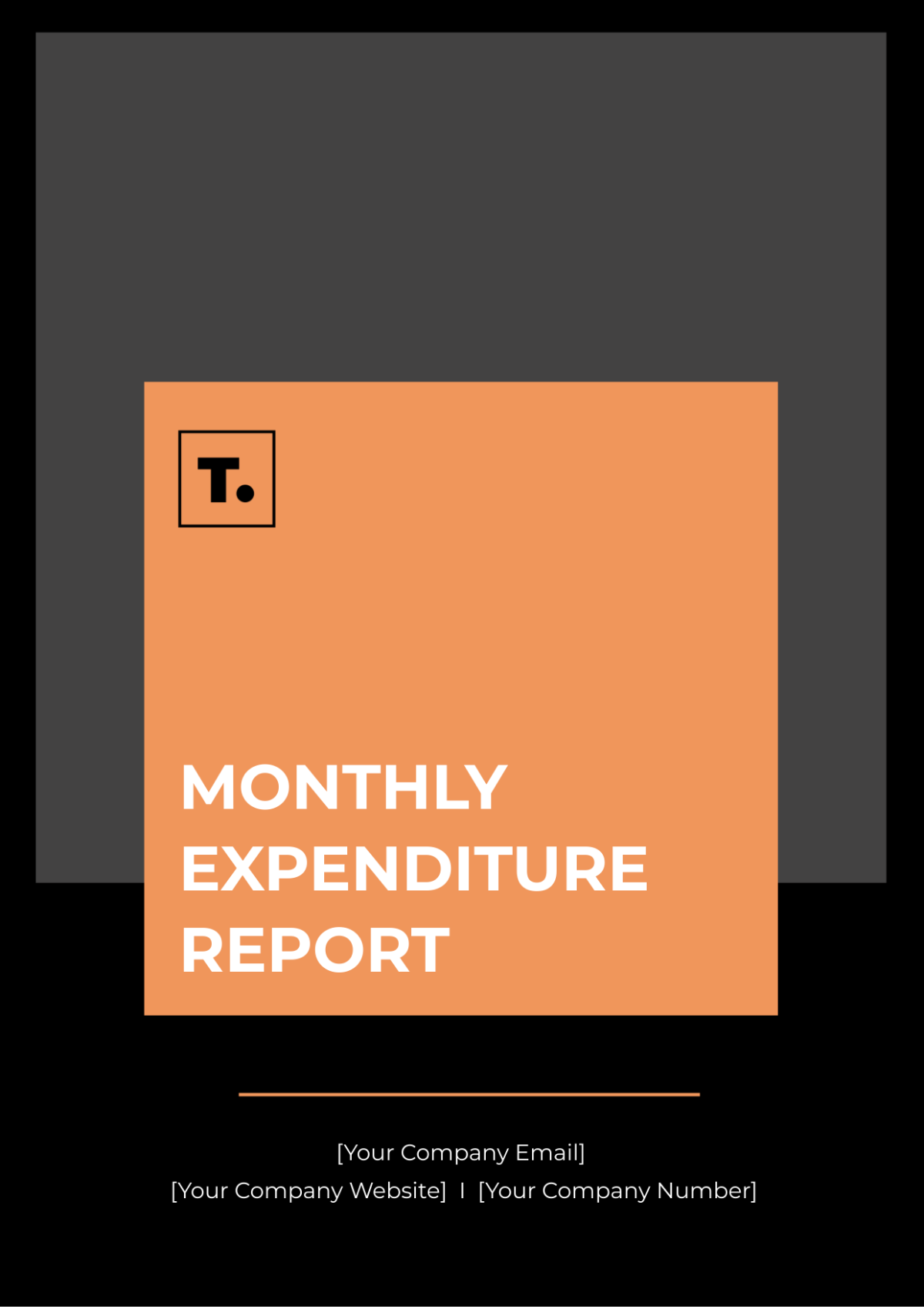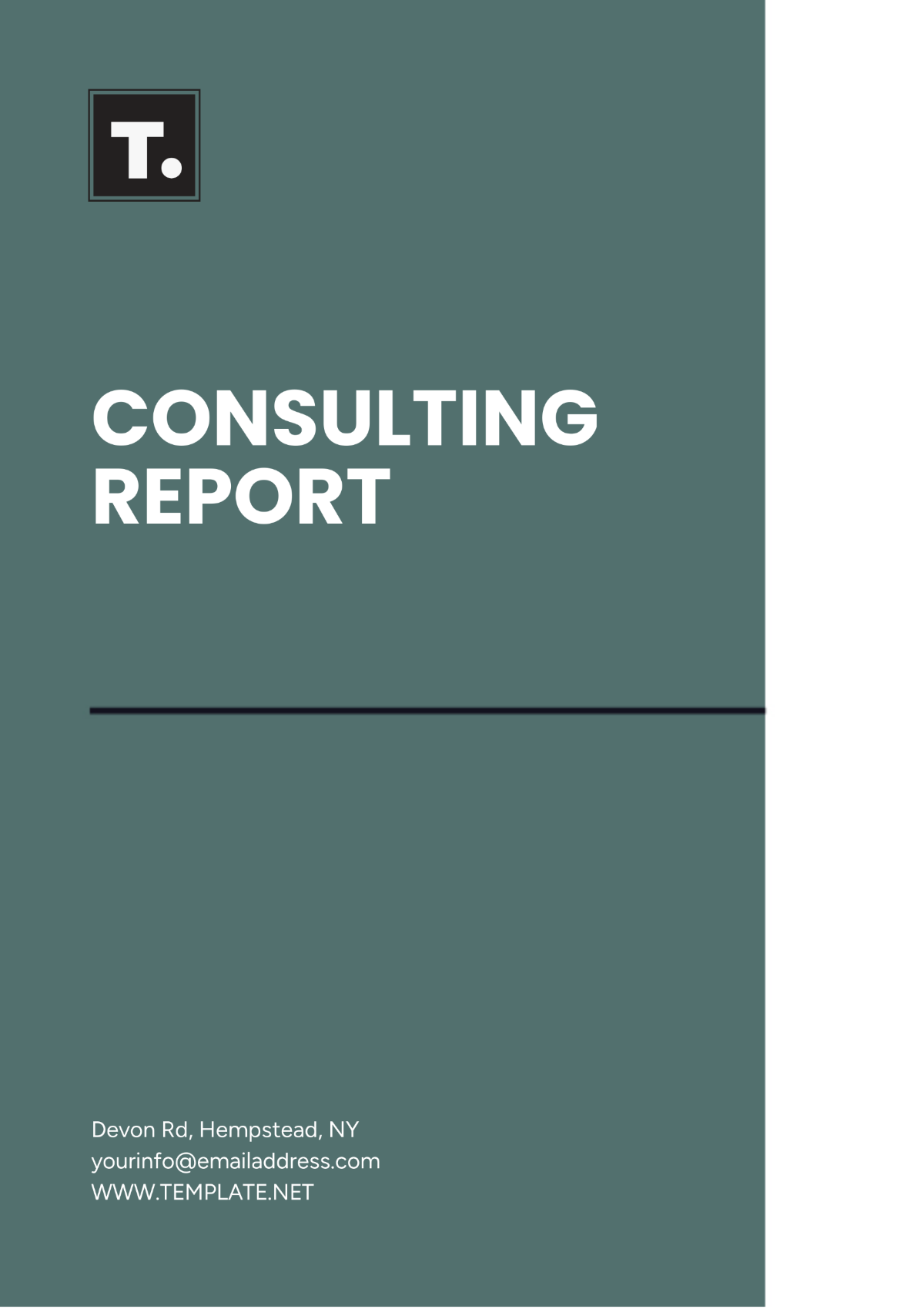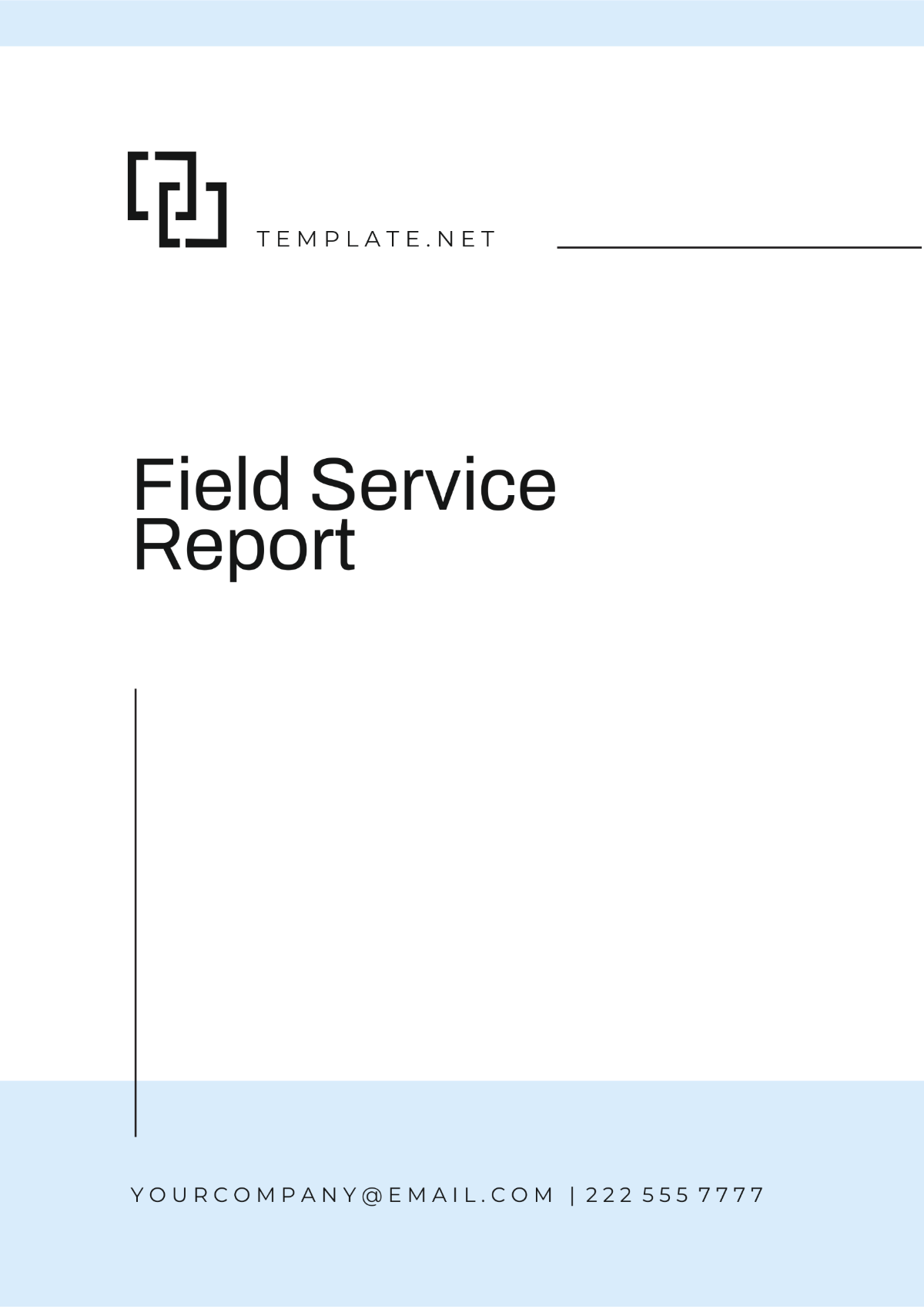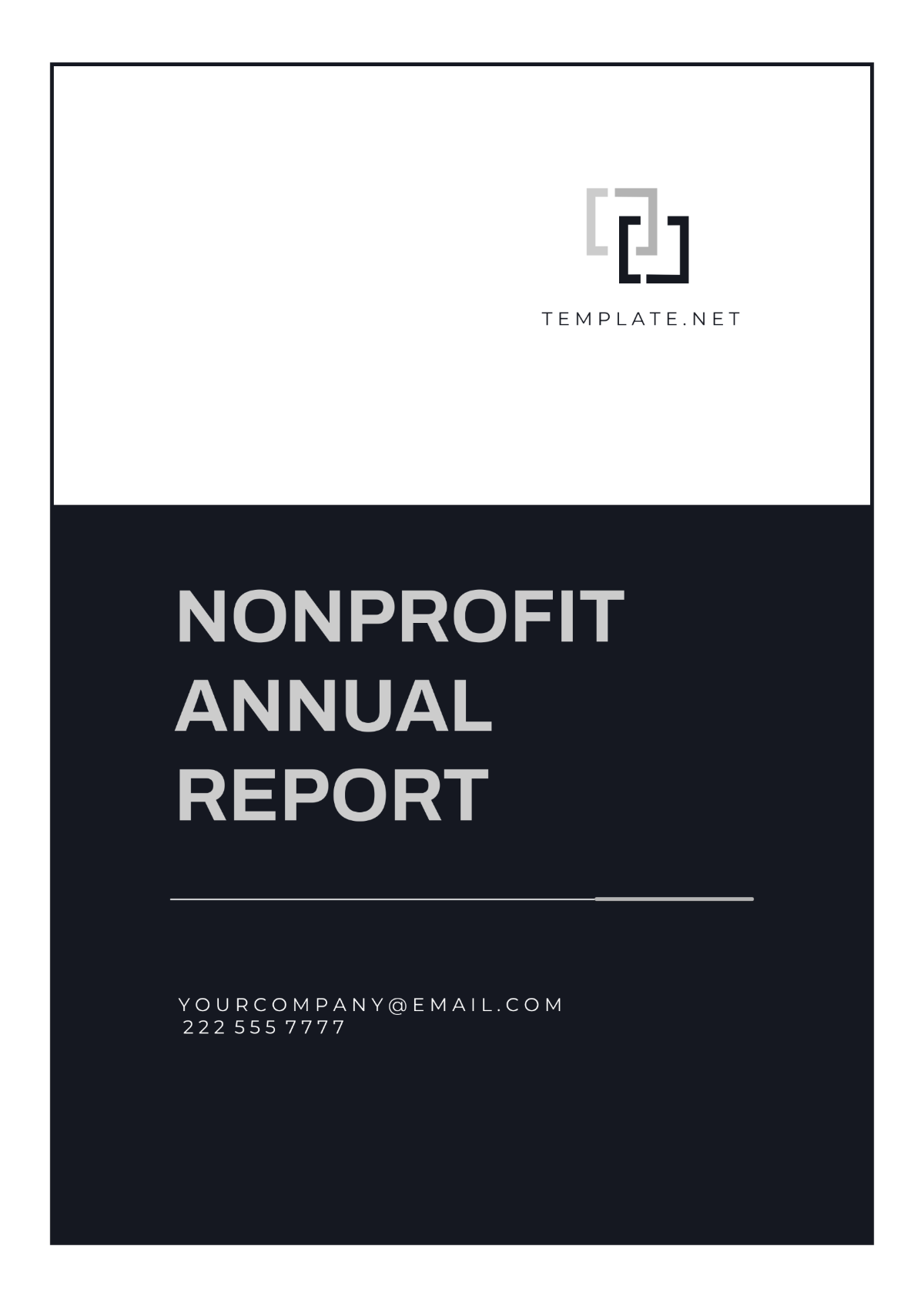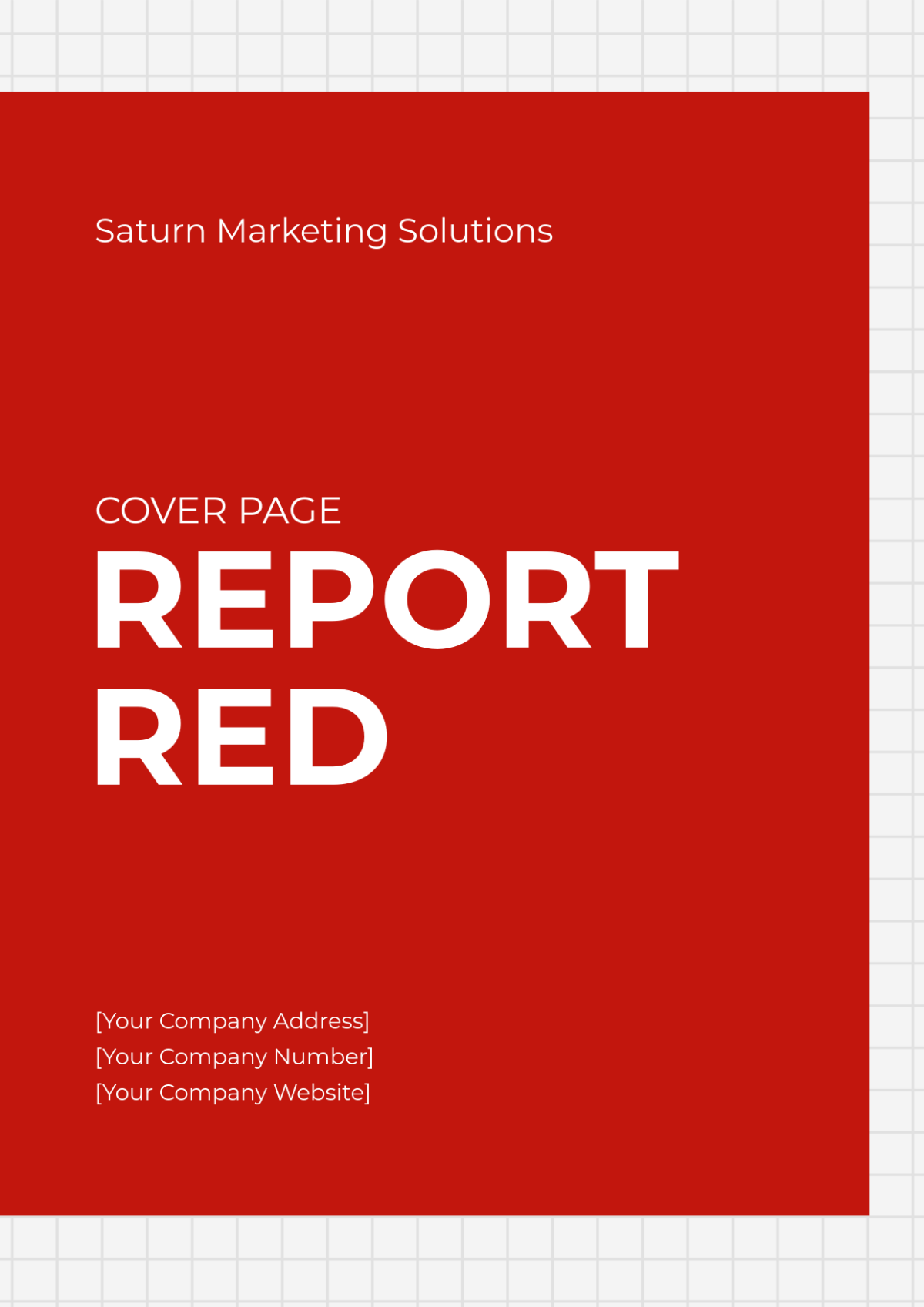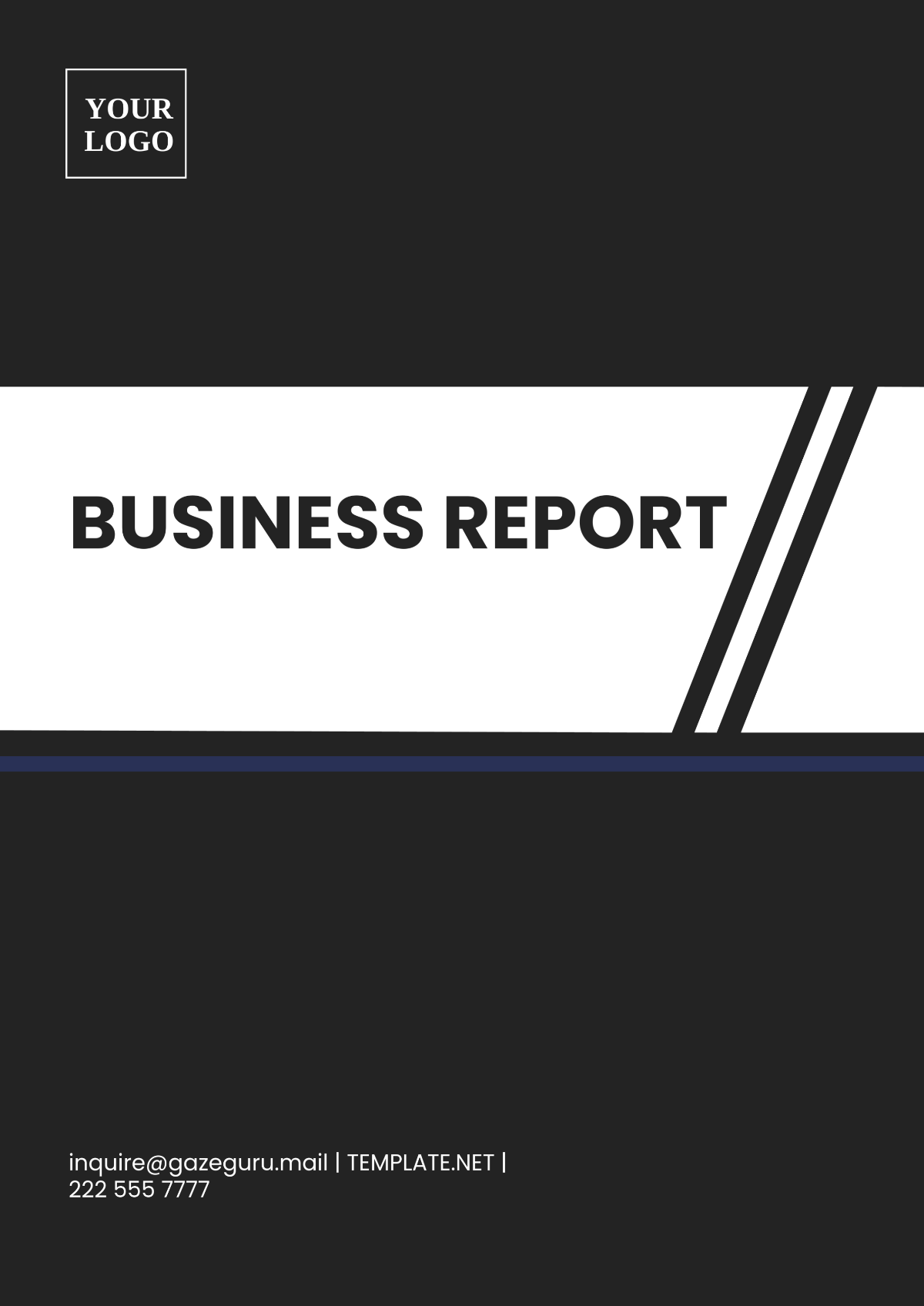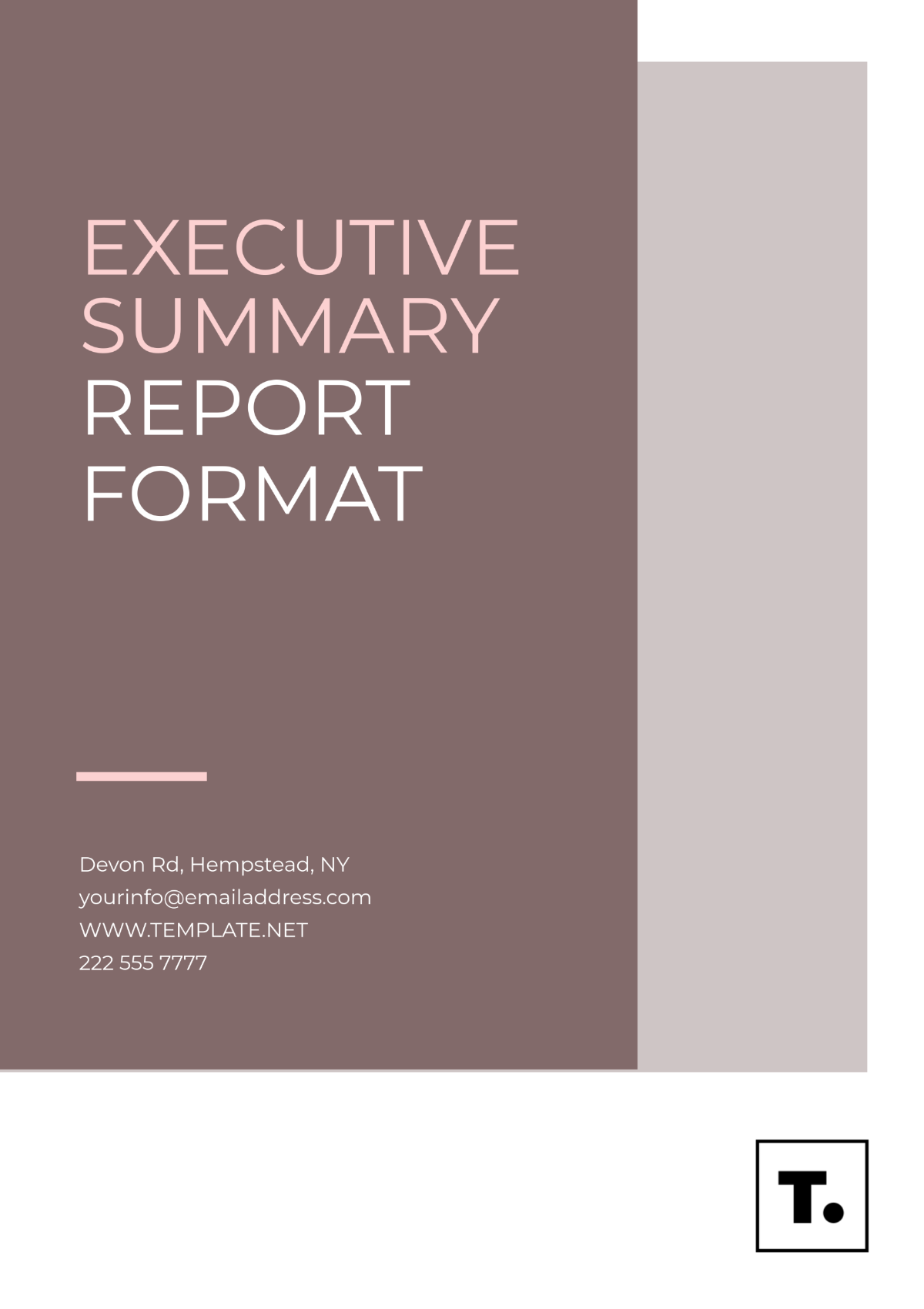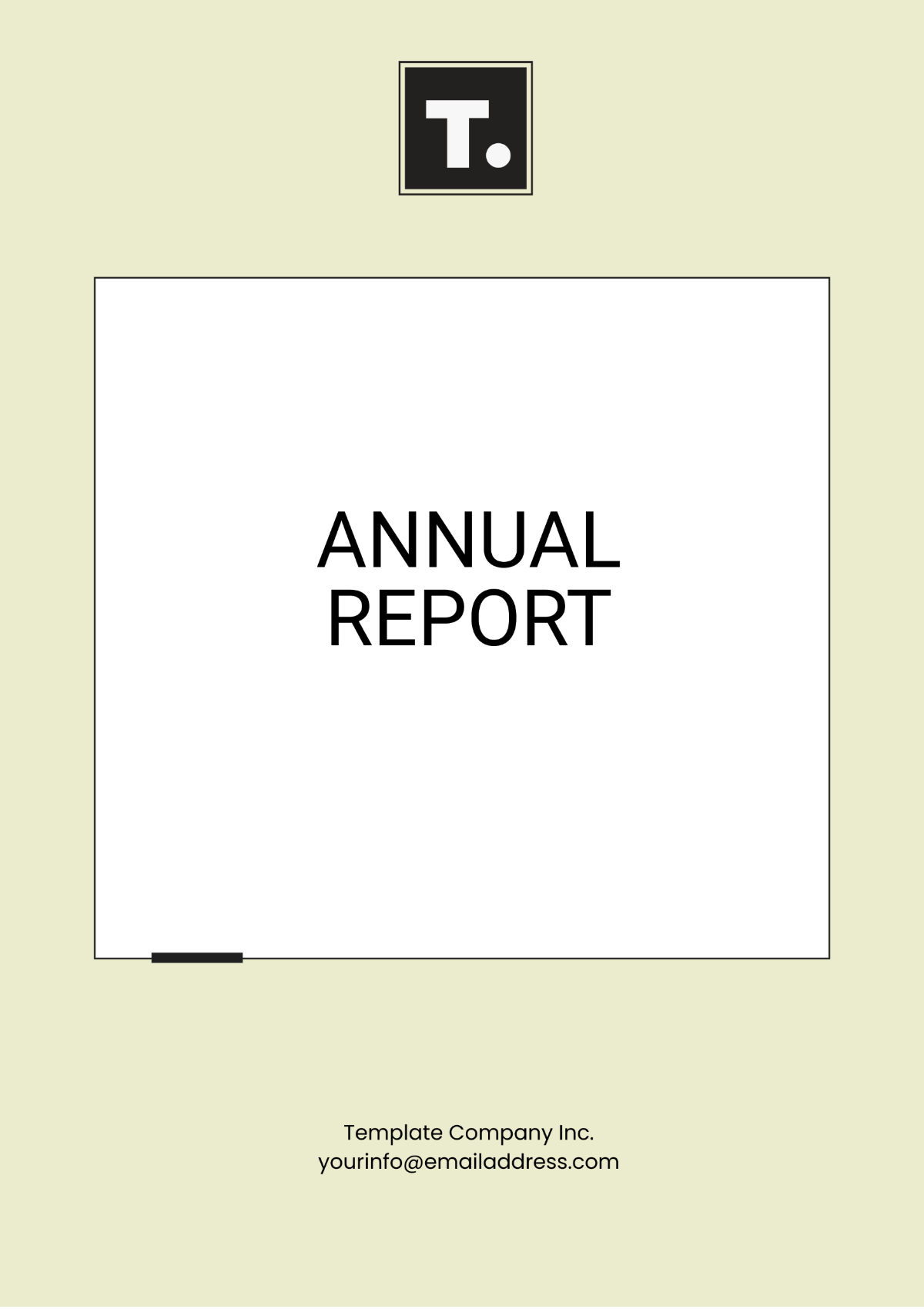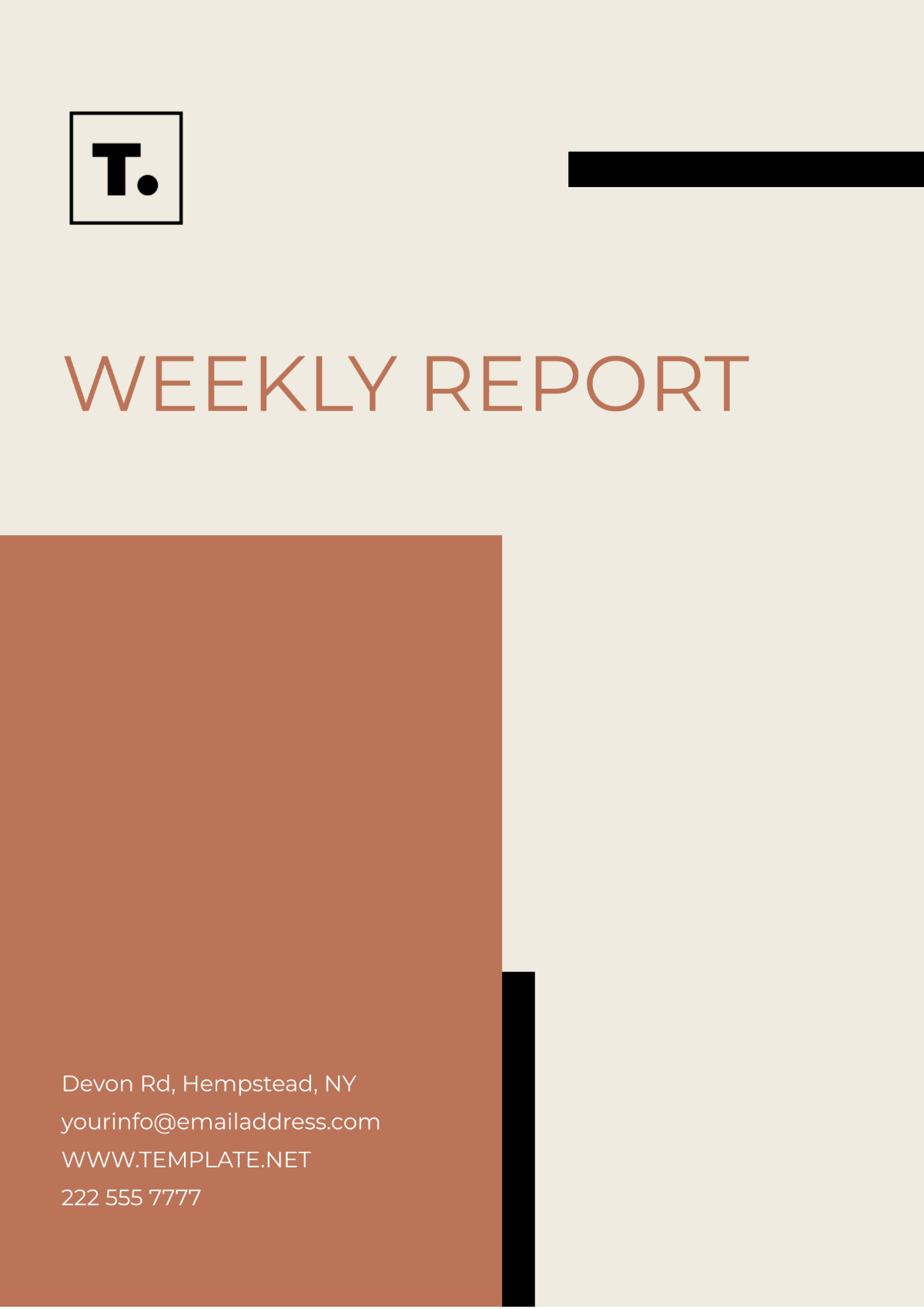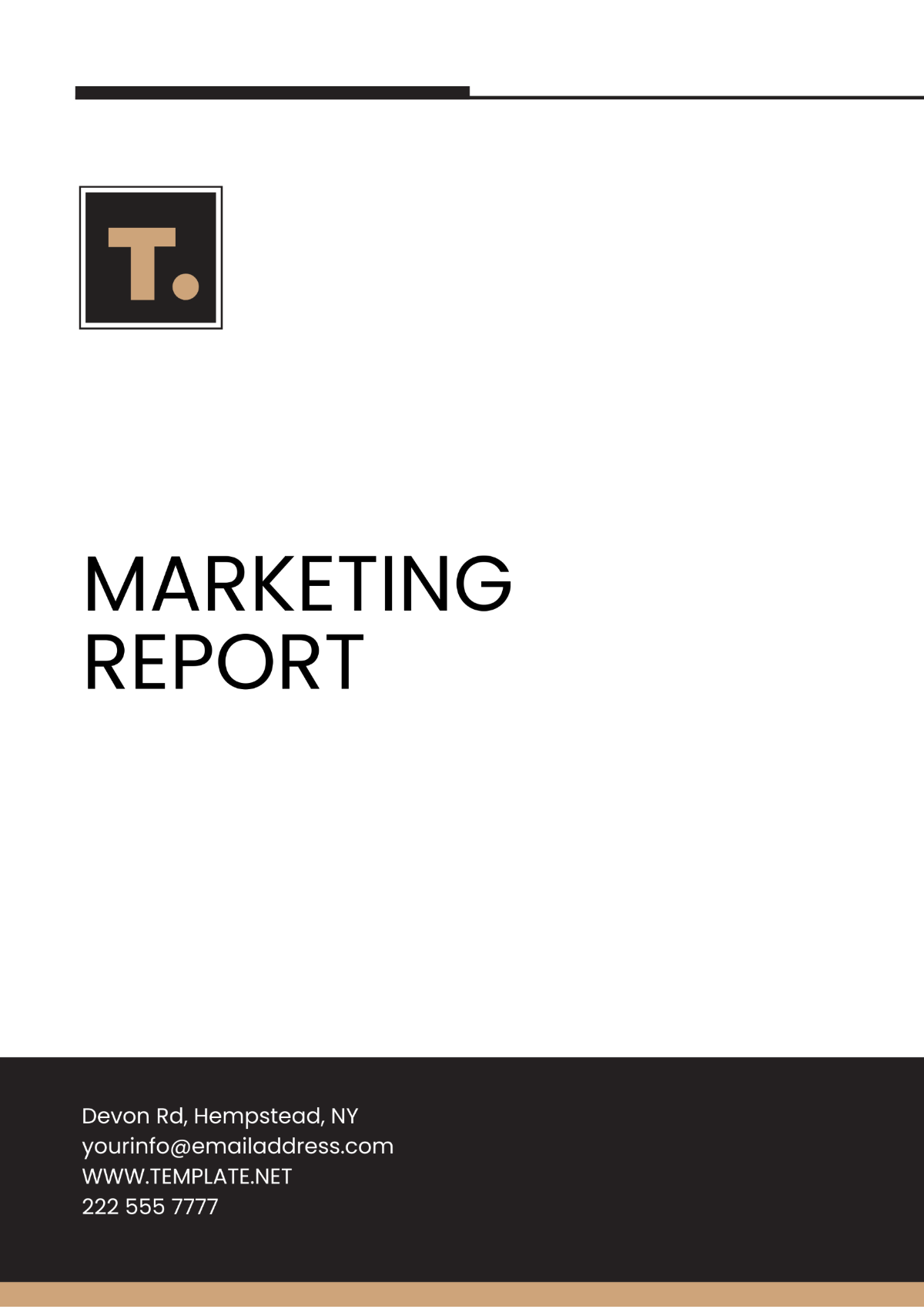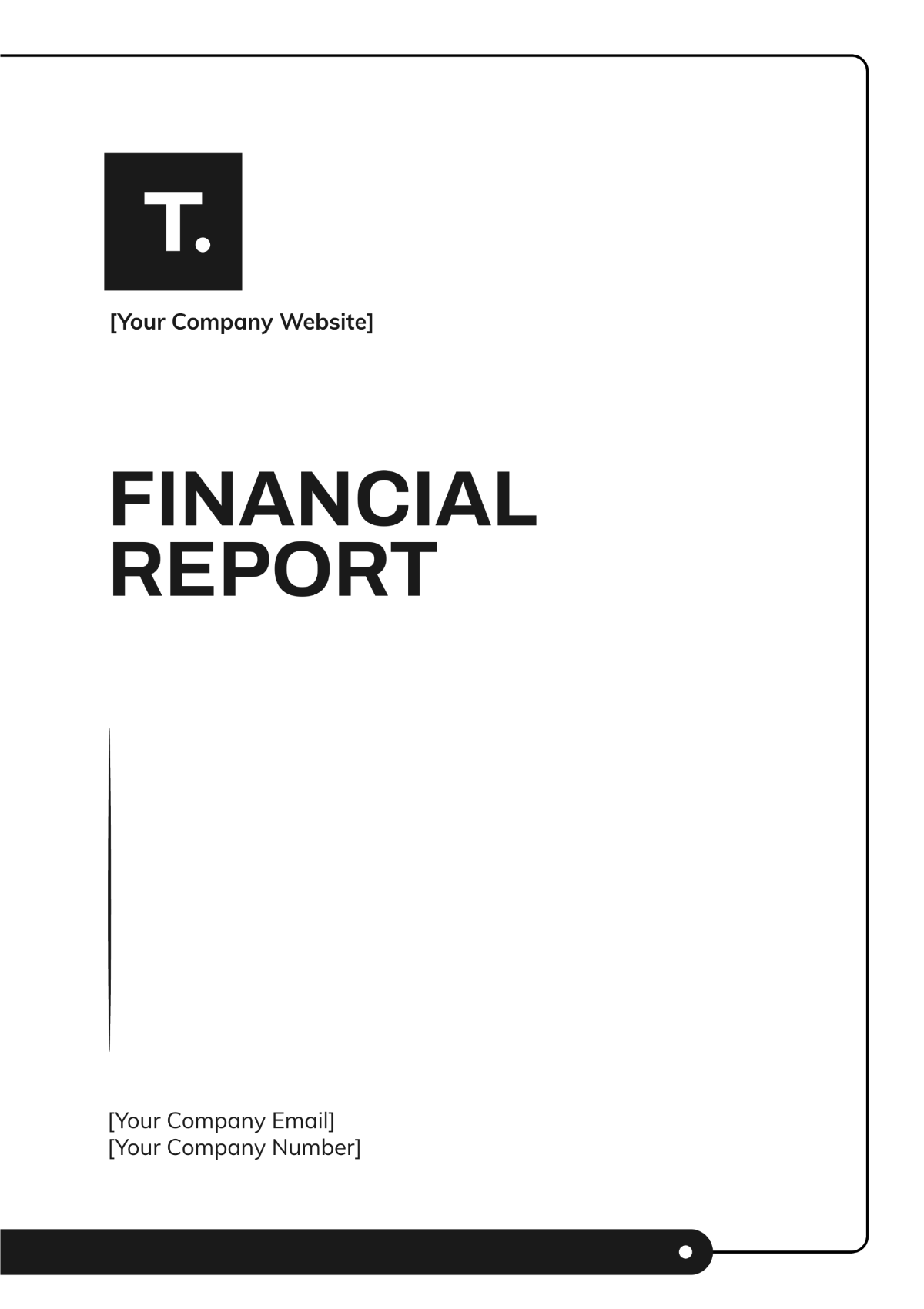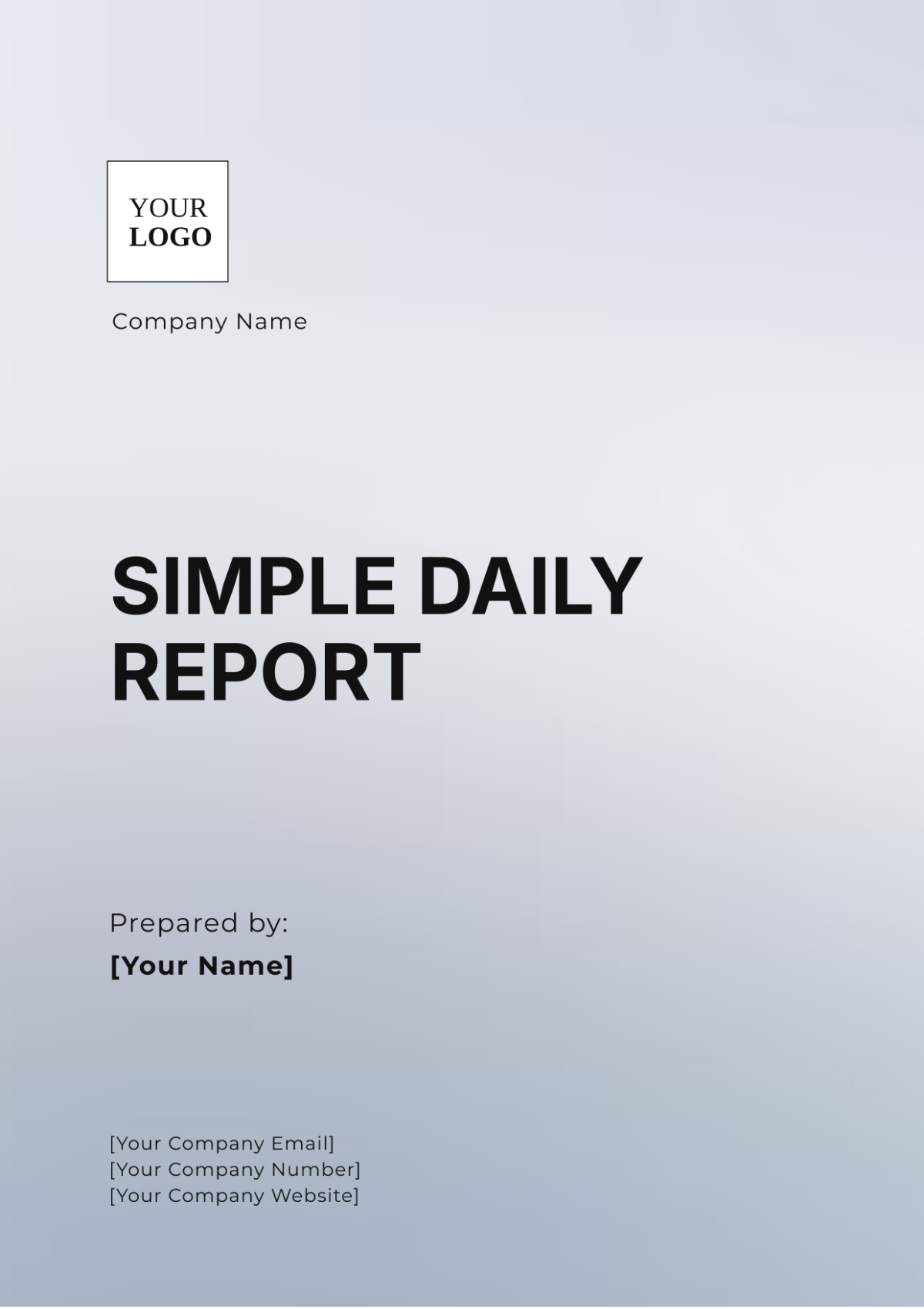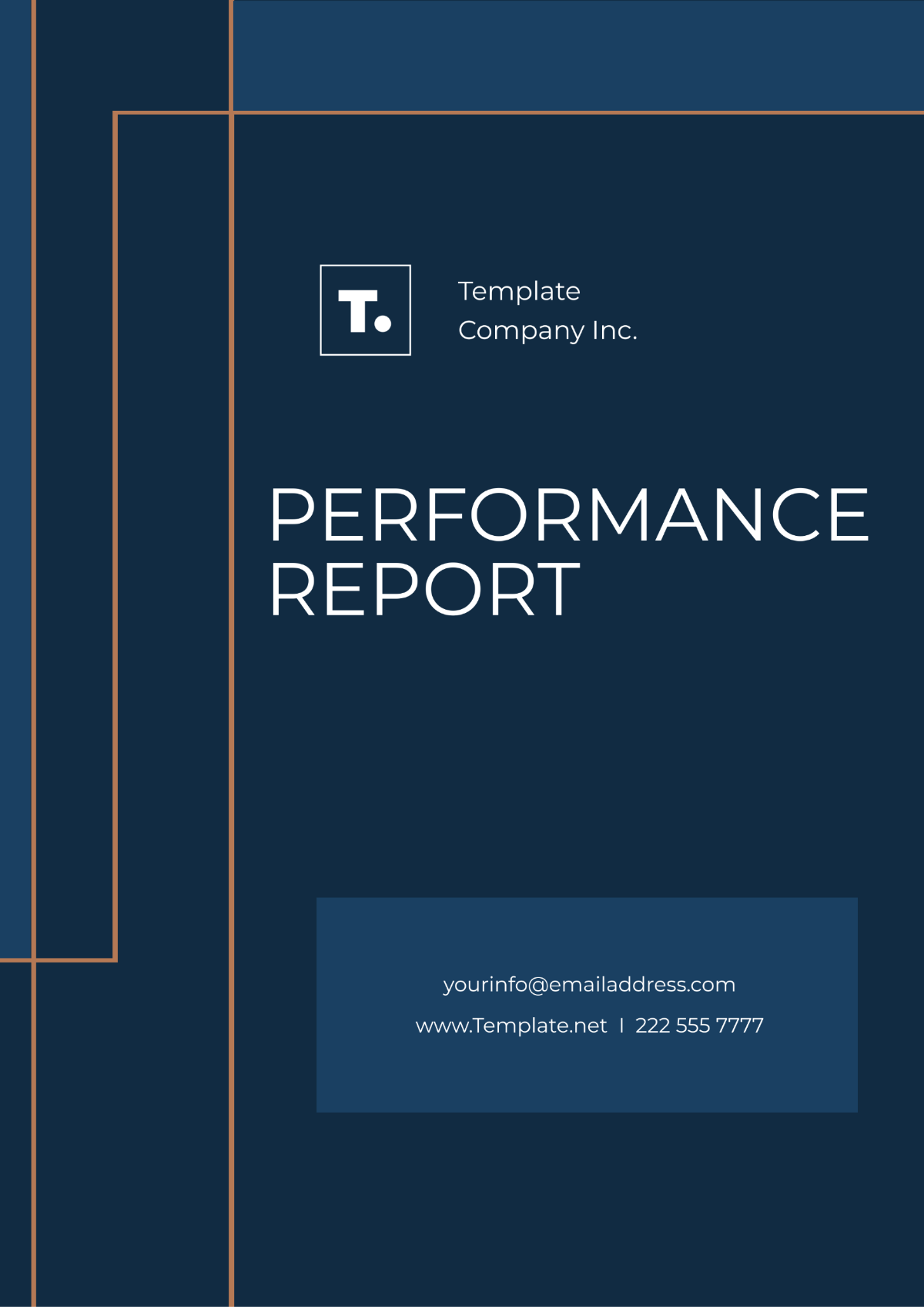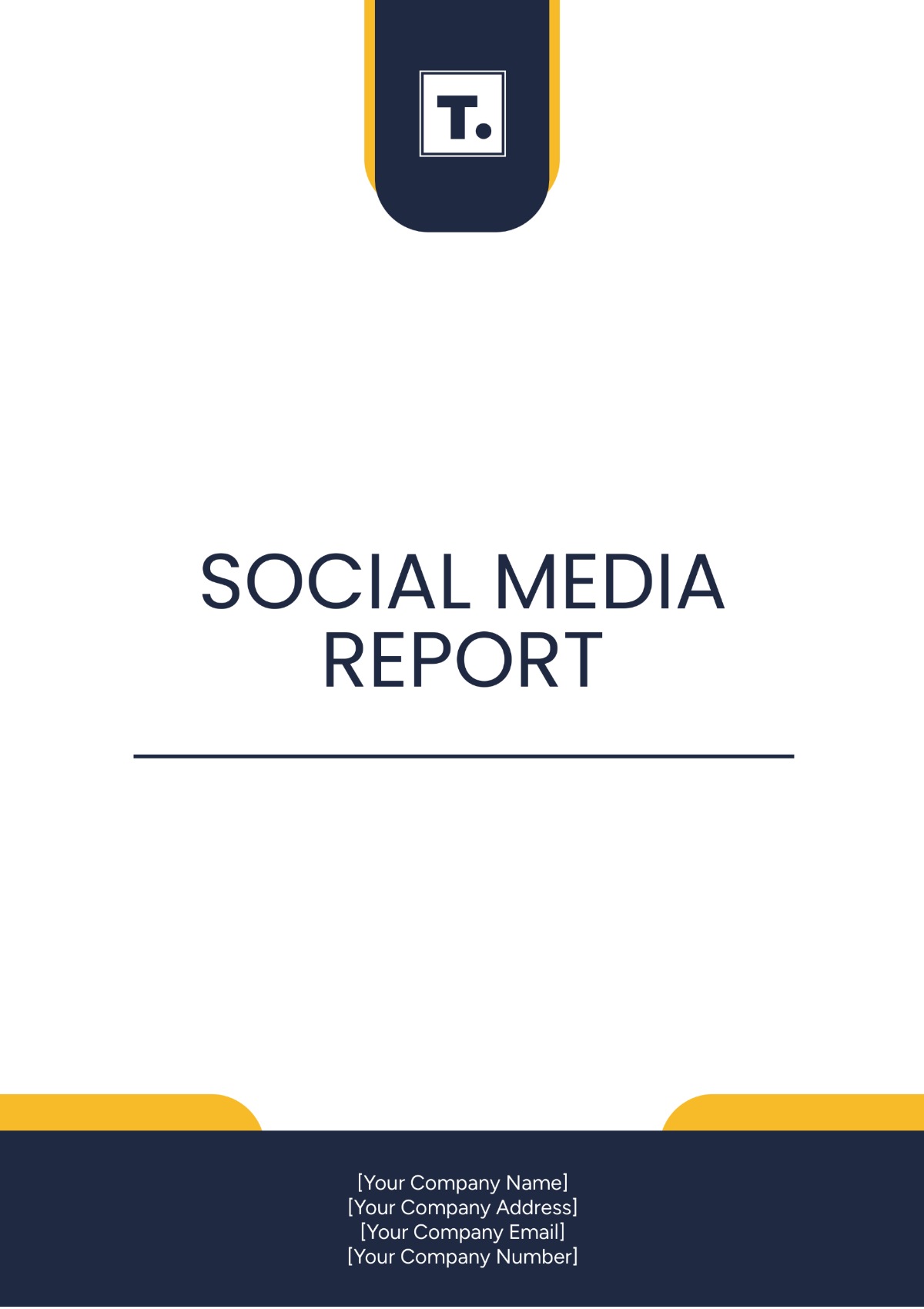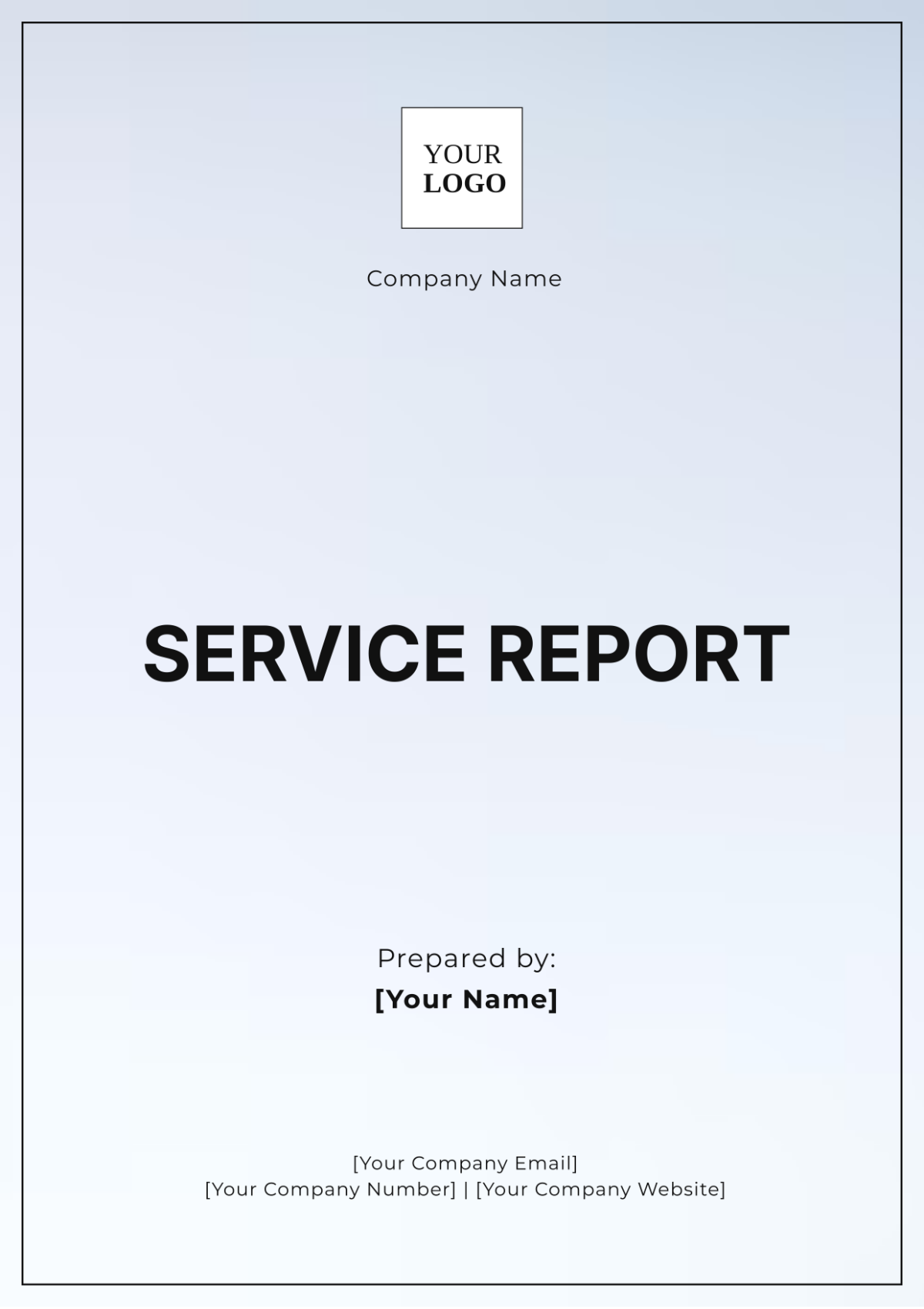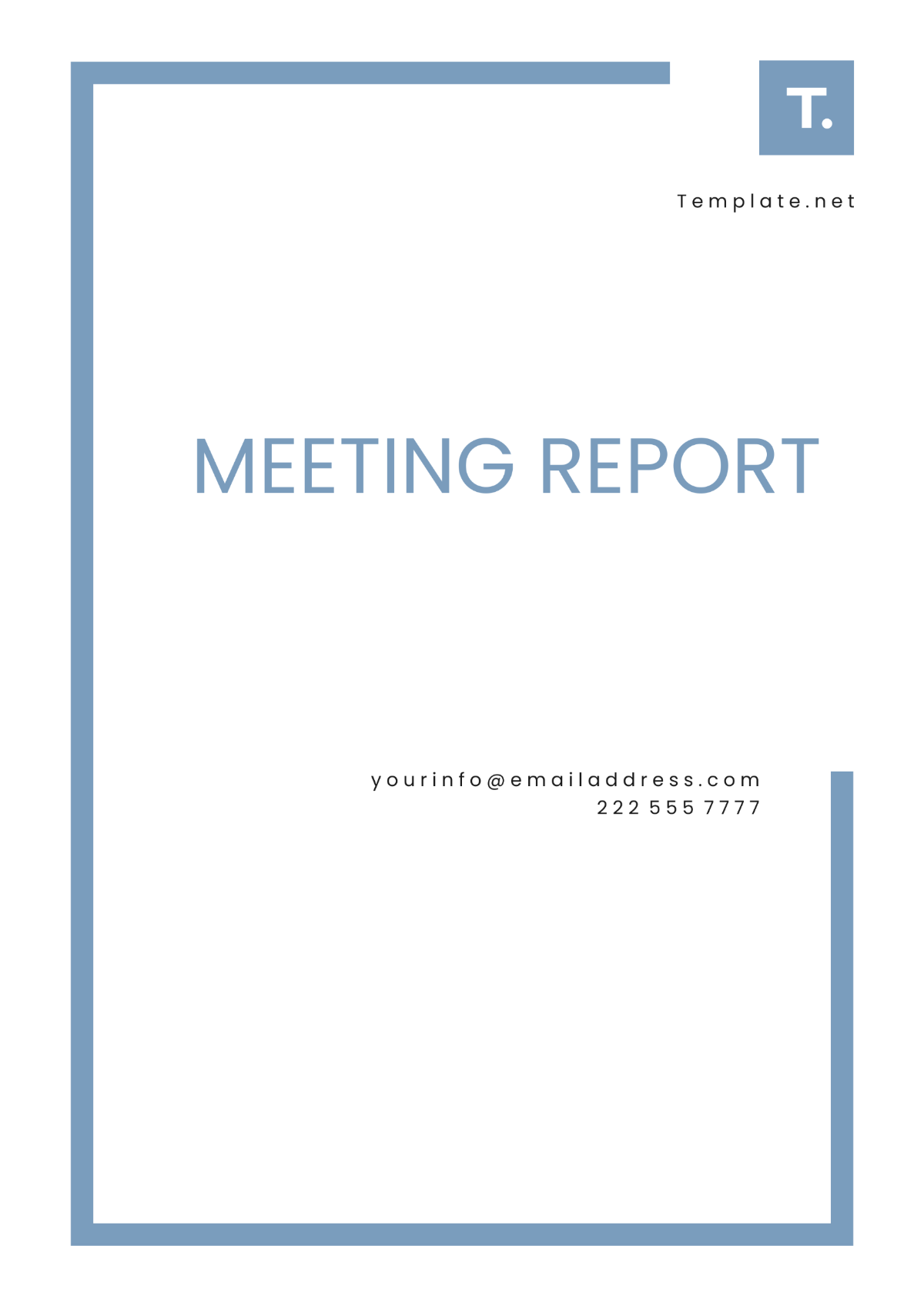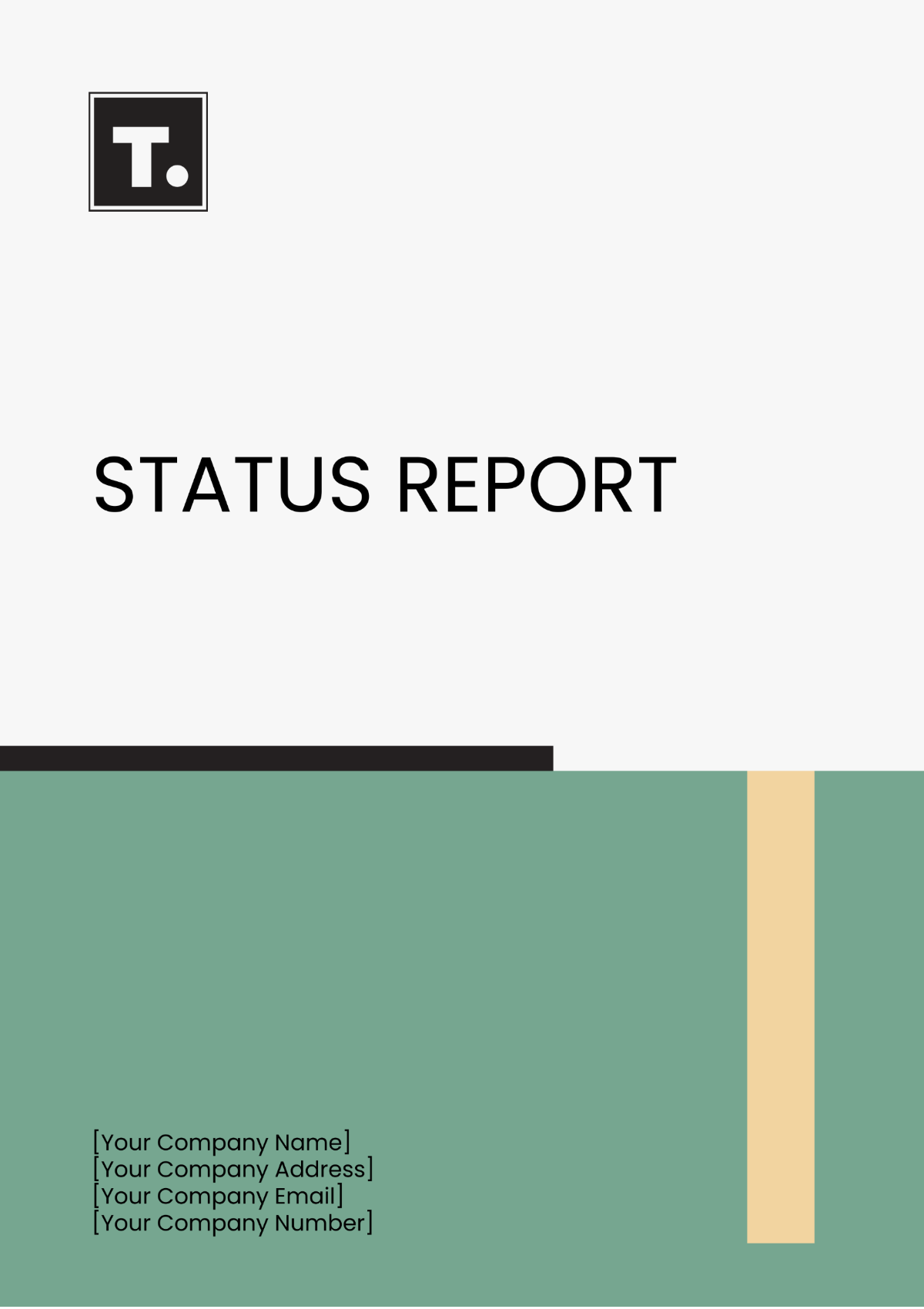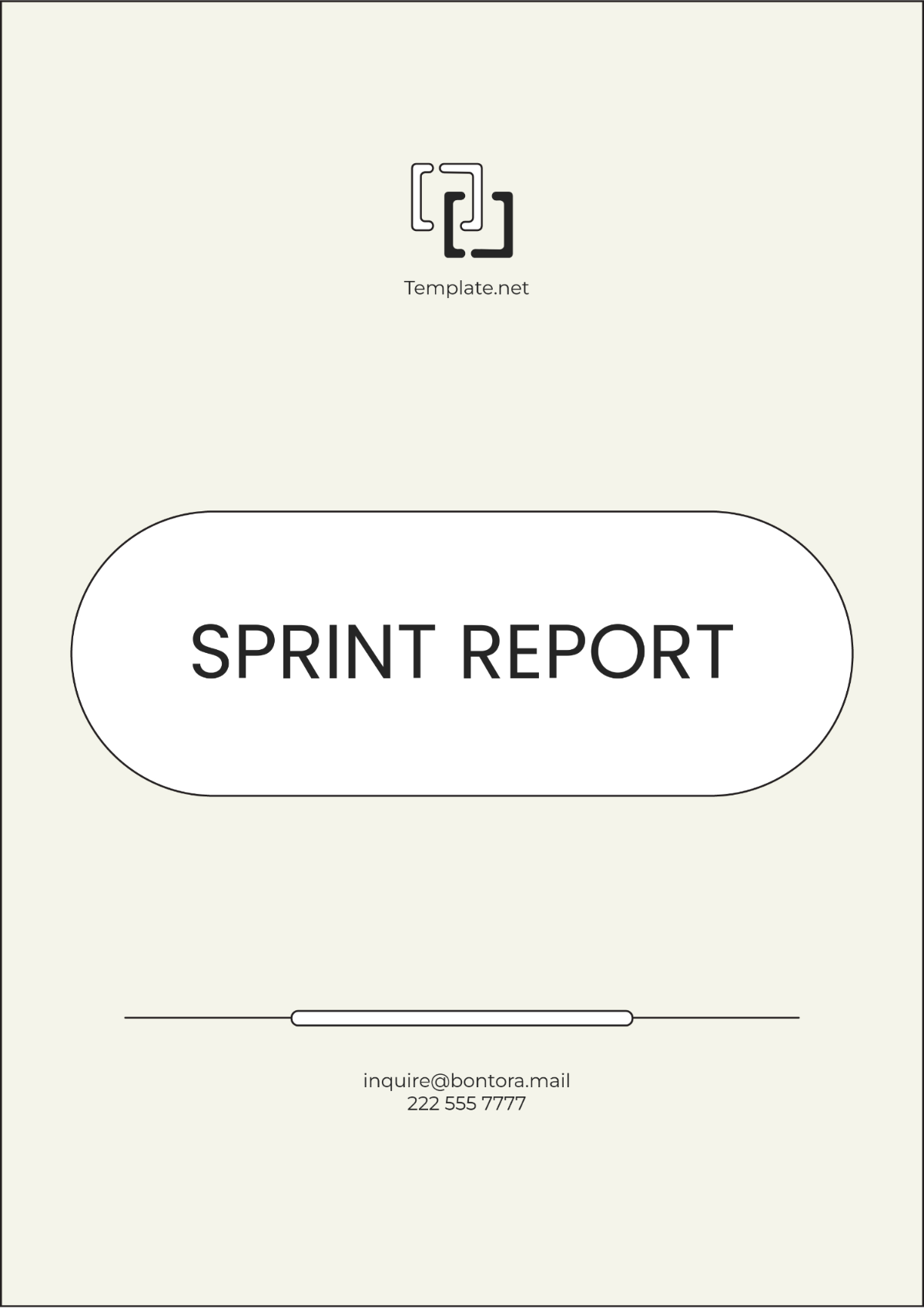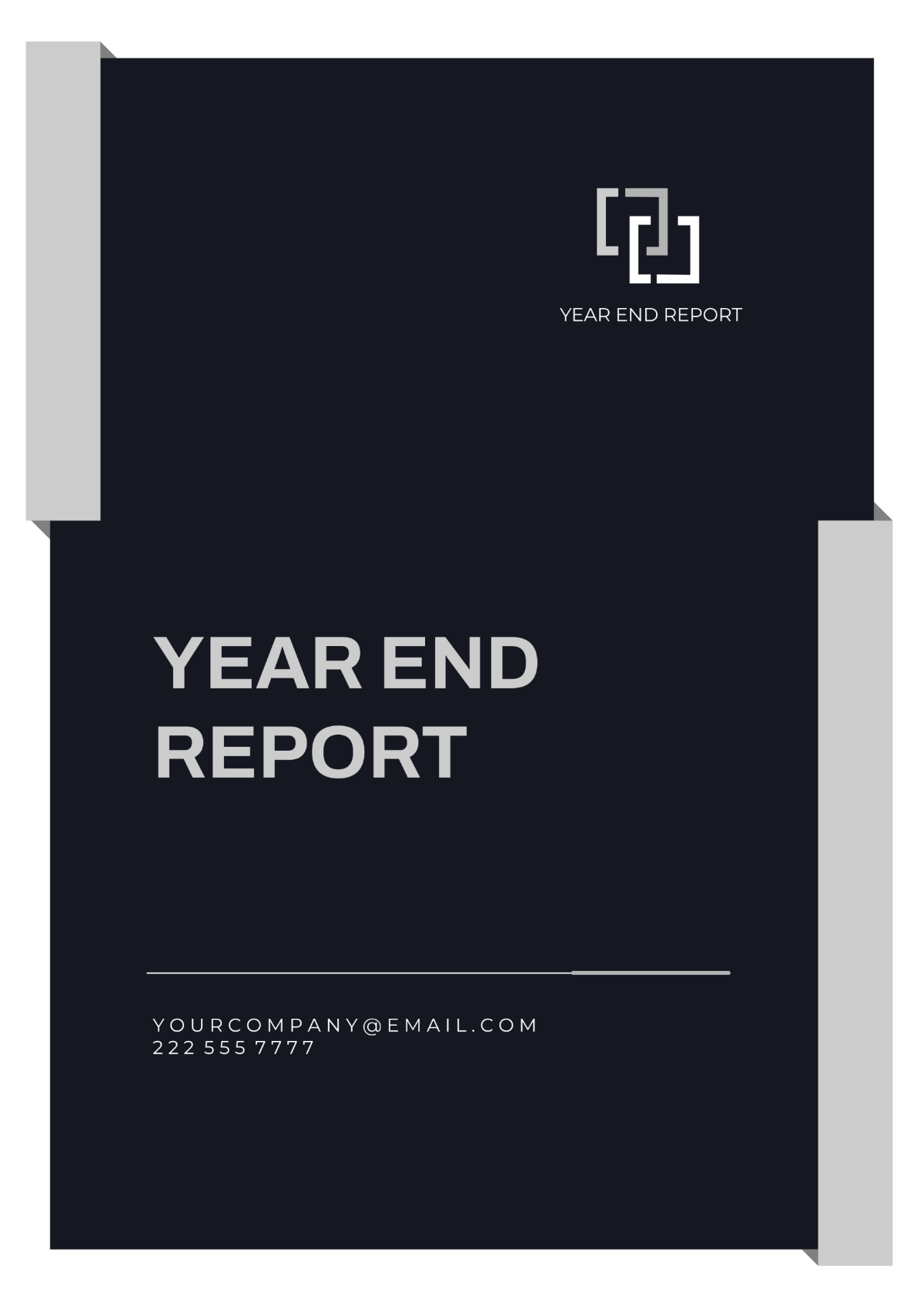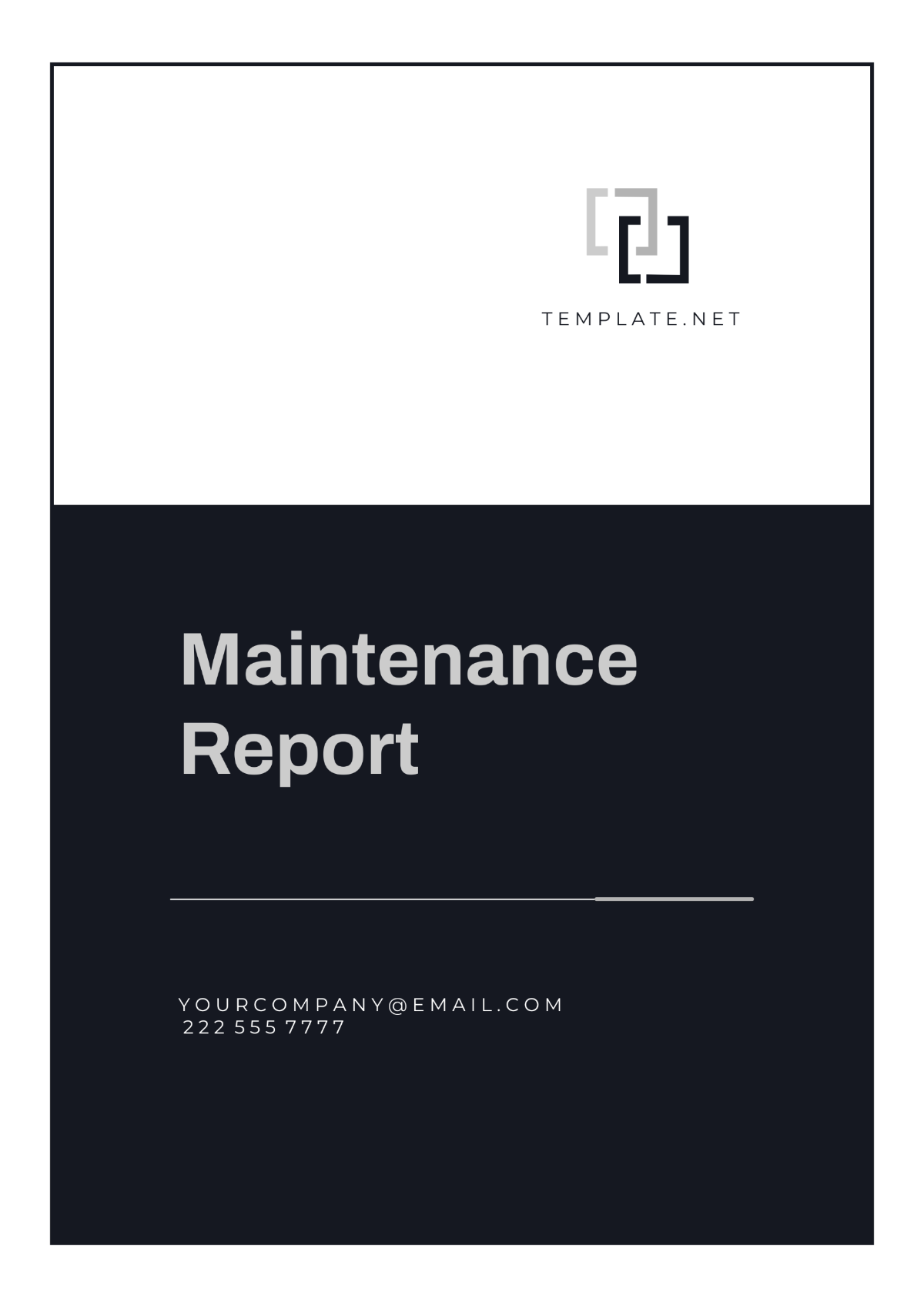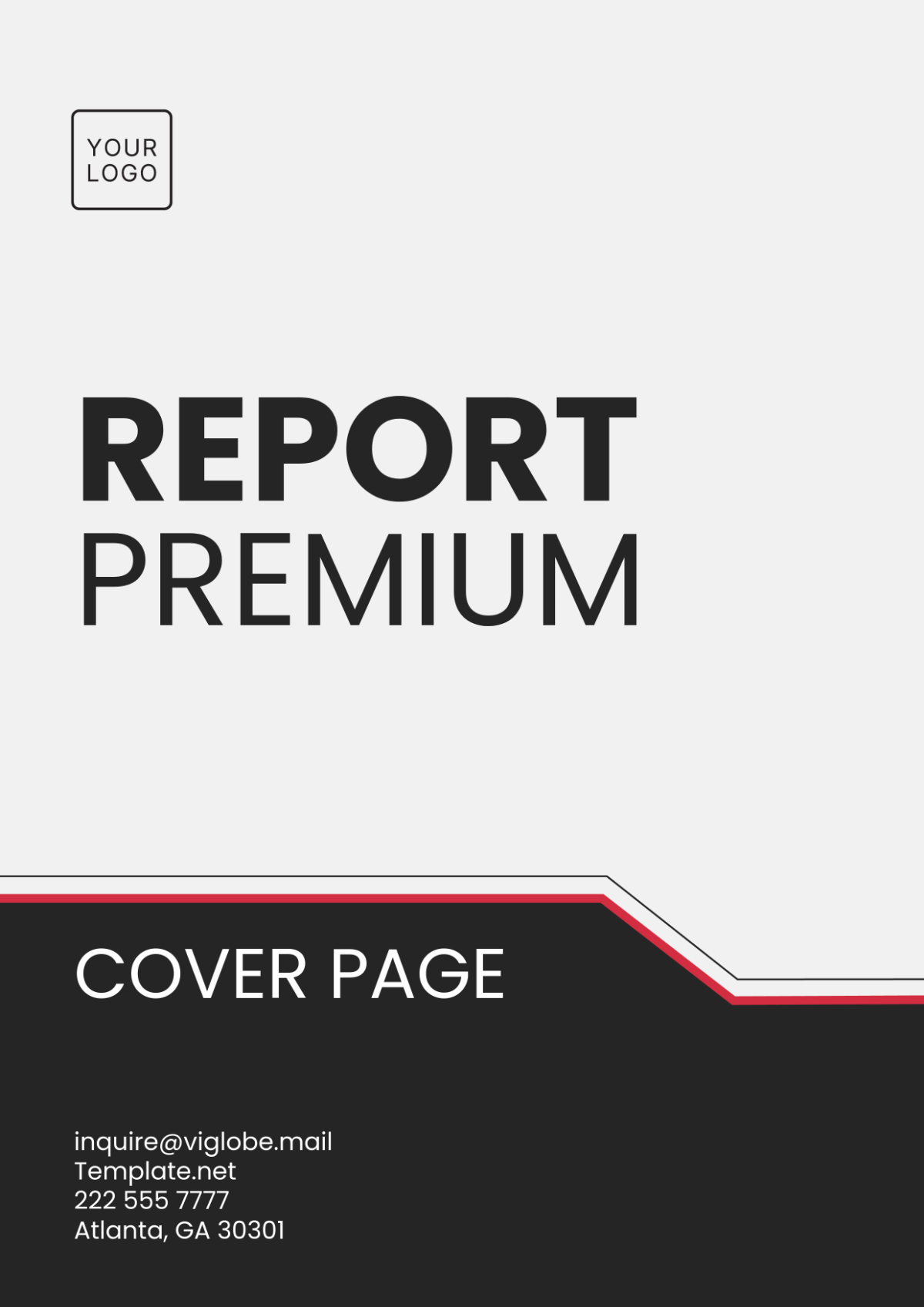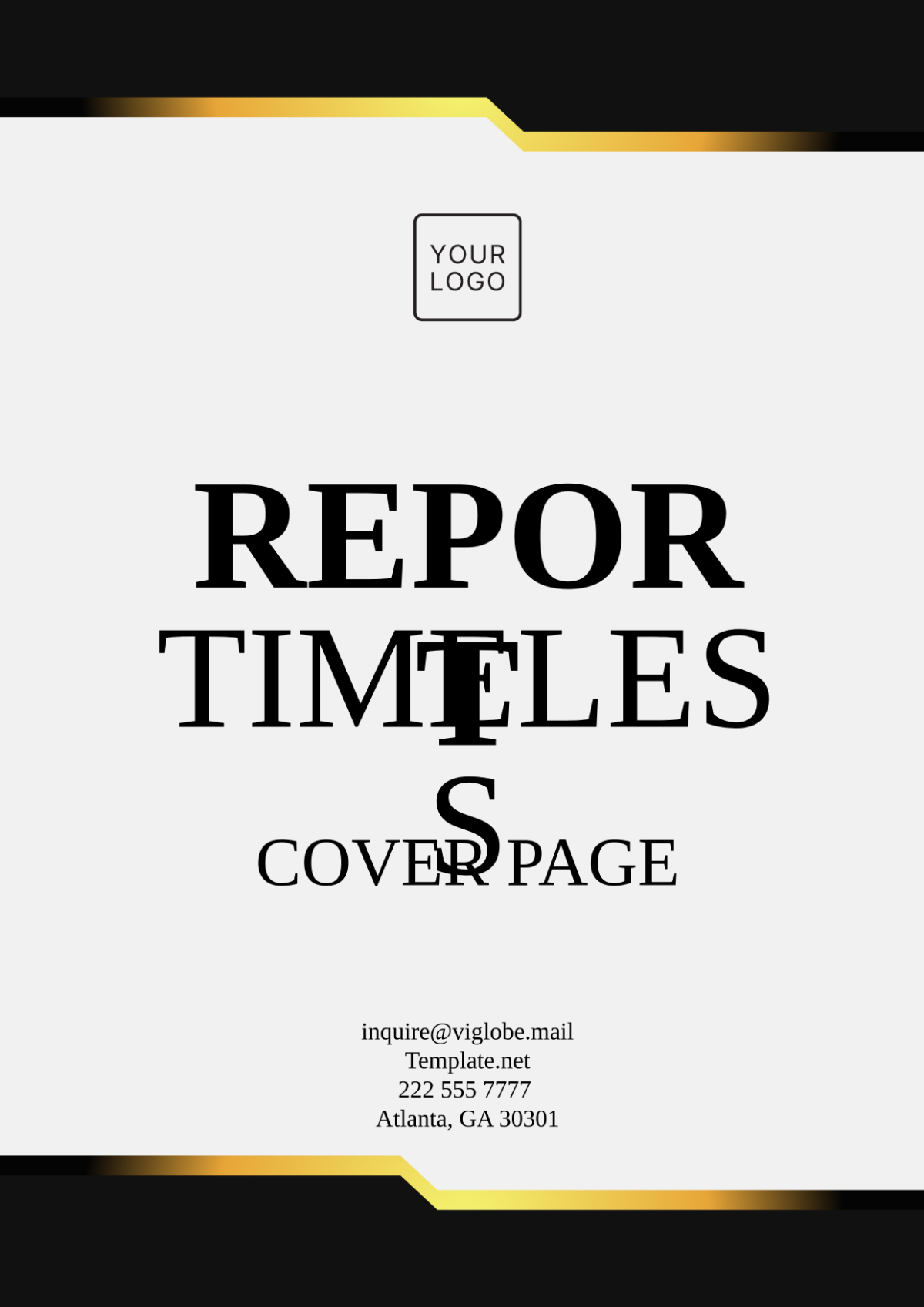Quarterly Internal Audit Report Layout
1. Executive Summary
This section provides a concise overview of the audit’s purpose and scope, summarizing key findings and recommendations. Highlight the most significant issues identified, their potential impact on the organization, and any immediate actions required.
2. Audit Objectives
Clearly articulate the primary objectives of the audit, such as:
Assessing compliance with regulatory requirements
Evaluating the effectiveness of internal controls
Identifying areas for operational improvement
Ensuring the accuracy and integrity of financial reporting
3. Scope of the Audit
Define the boundaries of the audit, specifying:
Departments or functions audited (e.g., Finance, HR, Operations)
Timeframe covered
Specific processes or transactions included in the review
4. Methodology
Outline the audit approach, detailing the techniques used to gather information, such as:
Interviews with key personnel
Review of relevant documentation and policies
Data analysis and sampling techniques
Observations of operations and controls in practice
5. Key Findings
Present significant findings in a clear and structured manner. Use bullet points for clarity and include:
Finding 1: Description, including any specific incidents or data.
Finding 2: Description, highlighting risks or compliance issues.
Finding 3: Description, noting any trends or recurring issues.
Consider using charts, graphs, or tables to visualize data and trends effectively.
6. Recommendations
Provide detailed, actionable recommendations for each key finding, prioritizing them based on impact and urgency. For example:
Recommendation 1: Implement a new control procedure to mitigate risks associated with specific findings. Timeline for implementation: insert timeline.
Recommendation 2: Conduct regular training sessions for staff to ensure compliance with updated policies.
7. Conclusion
Summarize the overall state of the audited areas, emphasizing the importance of addressing the findings and recommendations. Highlight any positive trends or improvements observed since the last audit.
8. Appendices
Include supporting documentation that reinforces the findings and recommendations, such as:
Detailed charts or graphs
Relevant policies and procedures
Additional data analysis
Copies of questionnaires or surveys used during the audit
